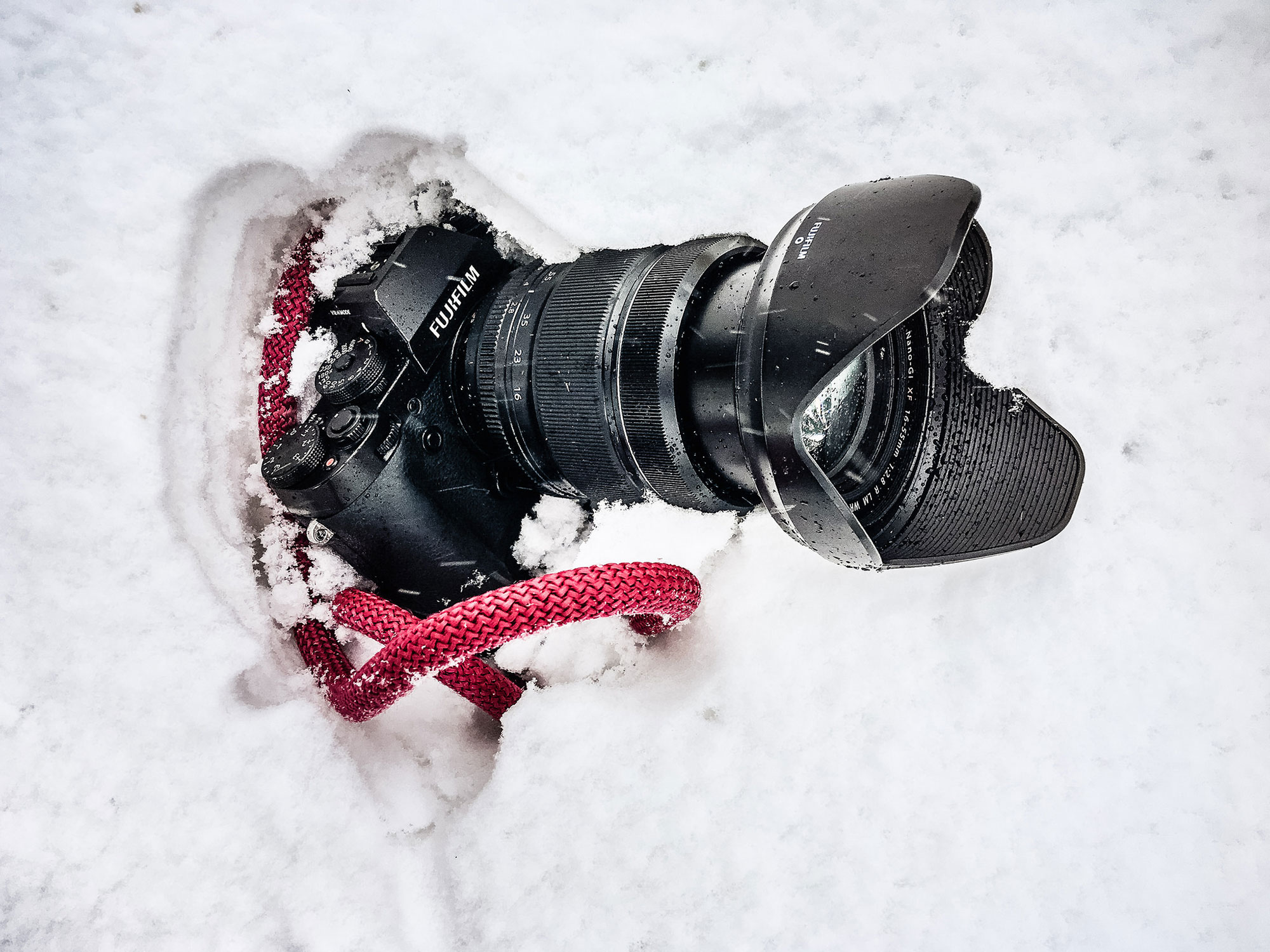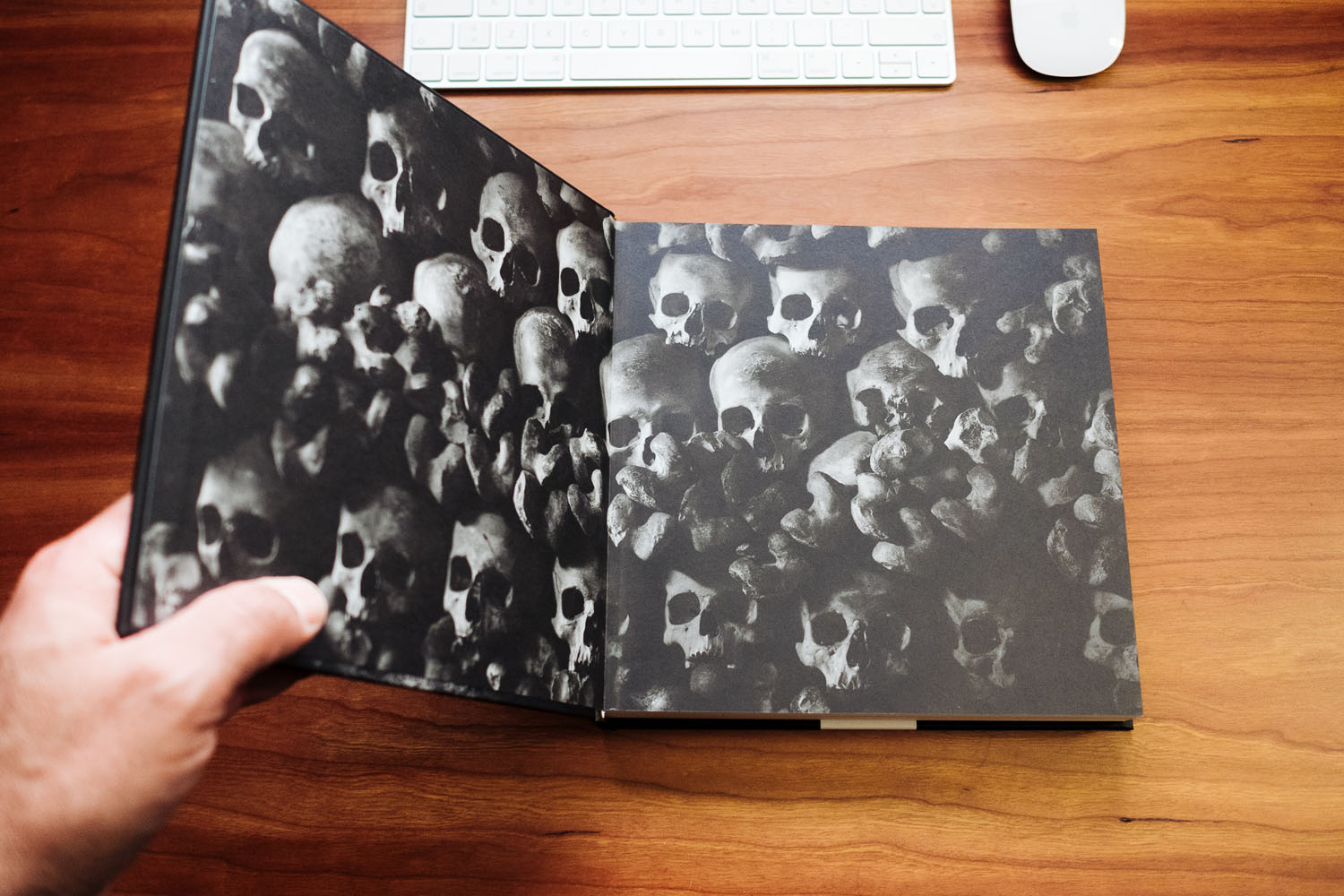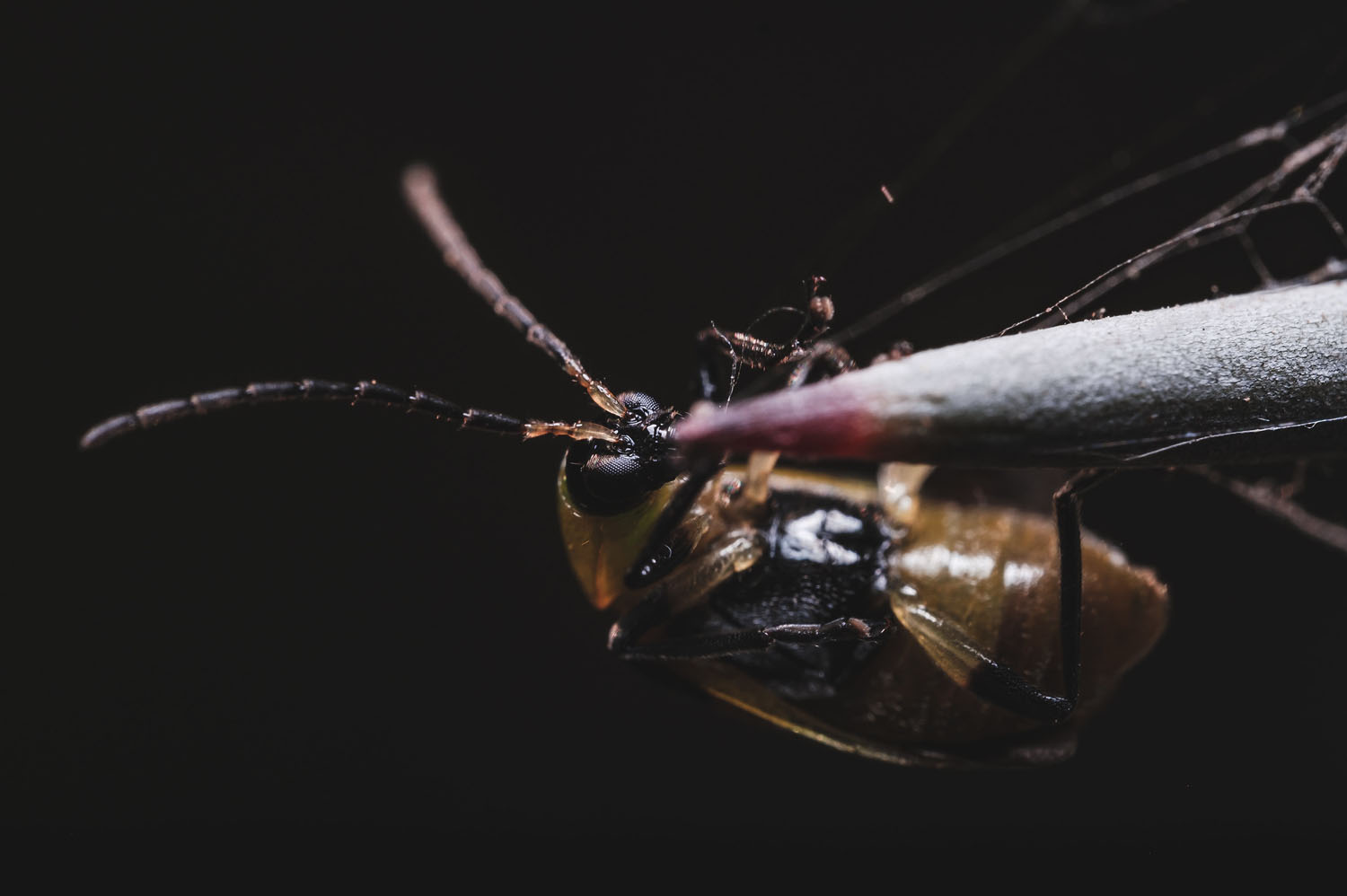Fuji XF16-55 F/2.8 R LM WR Review
I had been playing about with a cheaply bought second hand Fuji X-E1 using some of my Canon & M42 mount lens, as those images always had this great look to them with the camera being so small and fun to run about with it peaked my interest to see if I could fit Fujis X camera system into my workflow somehow. After a casual chat with my local camera store, who kindly offered to build up an X-T1 & XF16-55/2.8 kit for me, I was ready to see if I could bring some of the fun feeling of using the Fuji cameras into my workflow as a professional photographer. The flexibility fo the range of this zoom, from a reasonably wide crowd filling 16mm to a headshot happy 55mm I felt I would have most of what a normal days event shooting would throw at me covered. There was safety in that feeling.
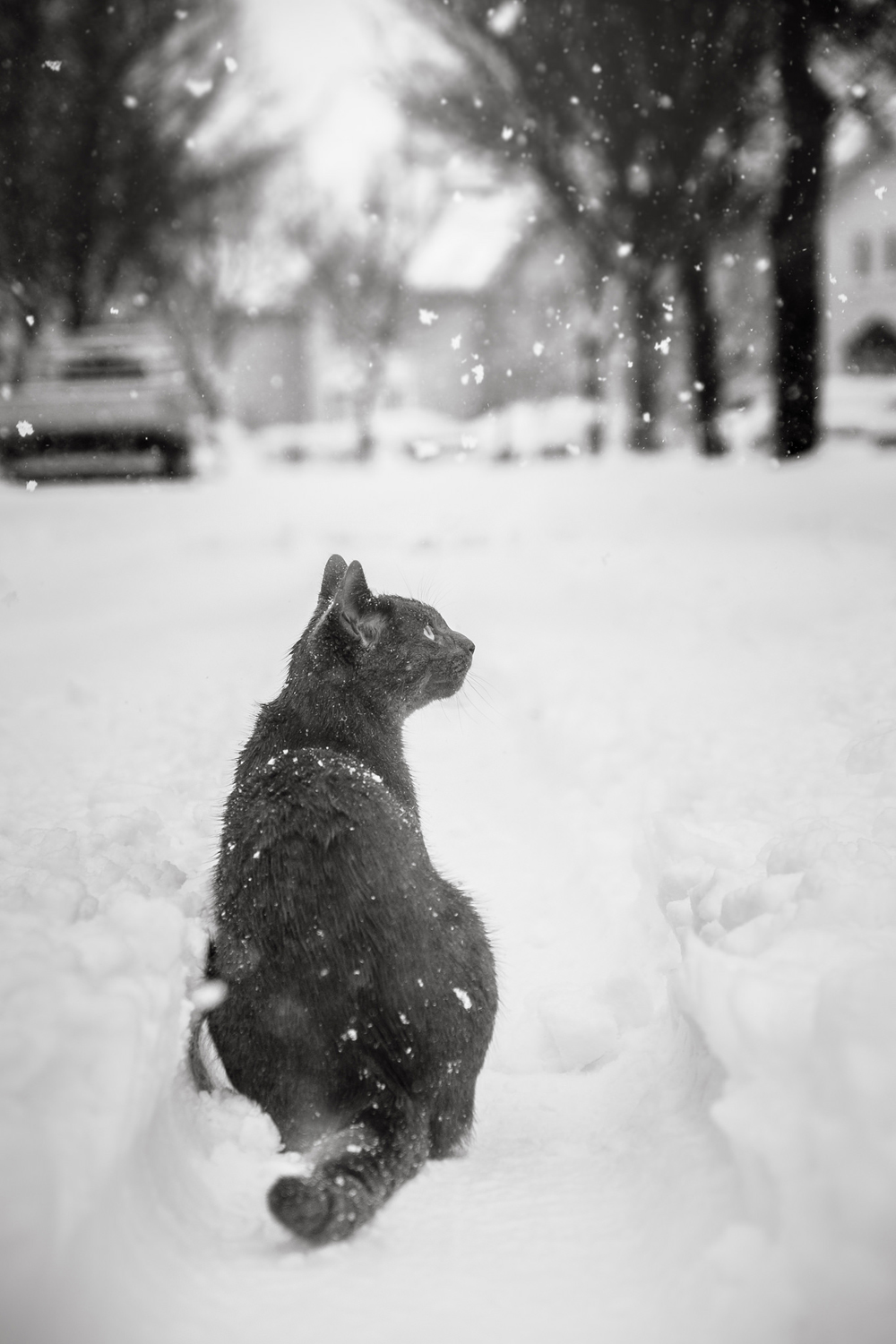
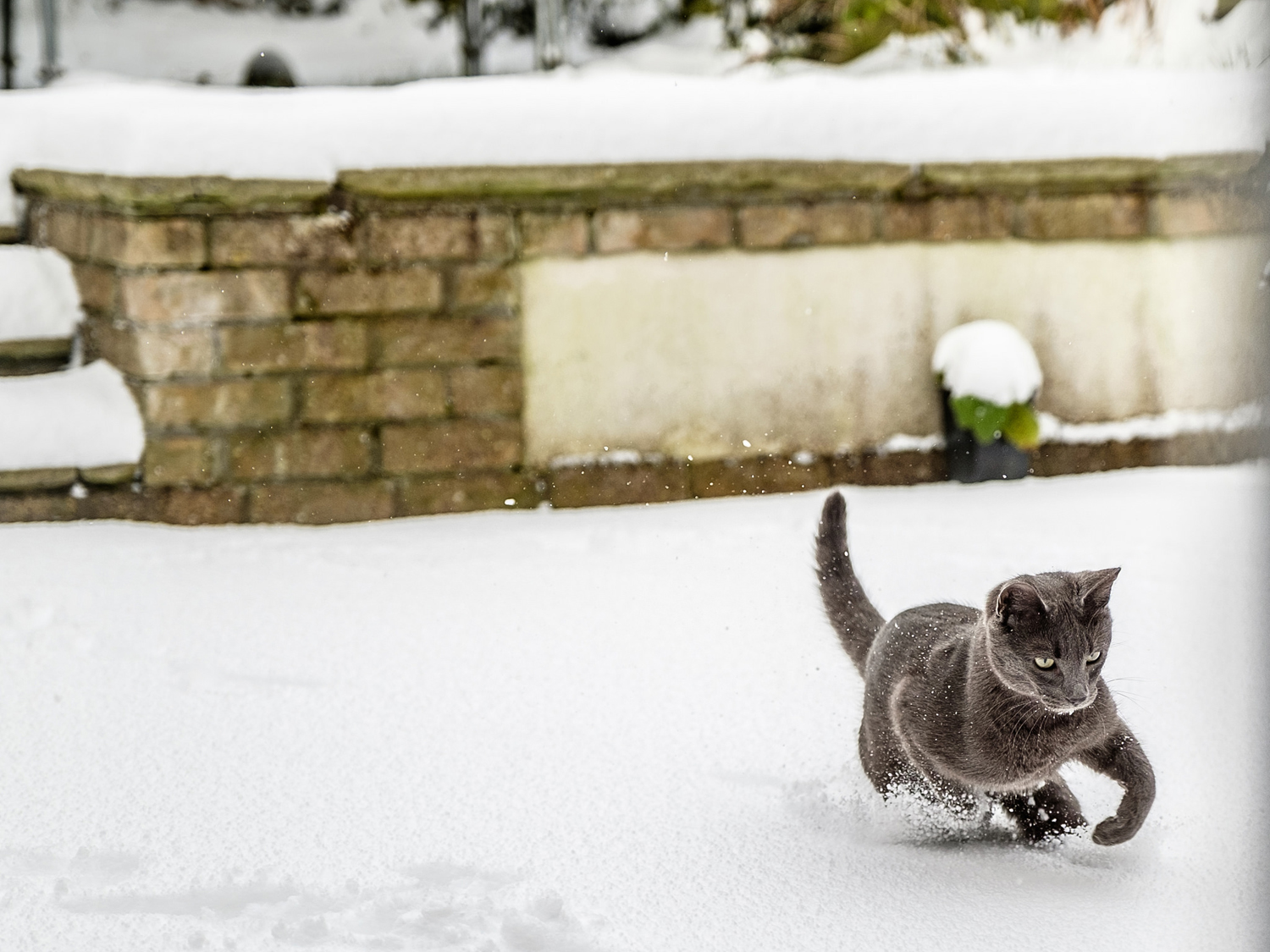
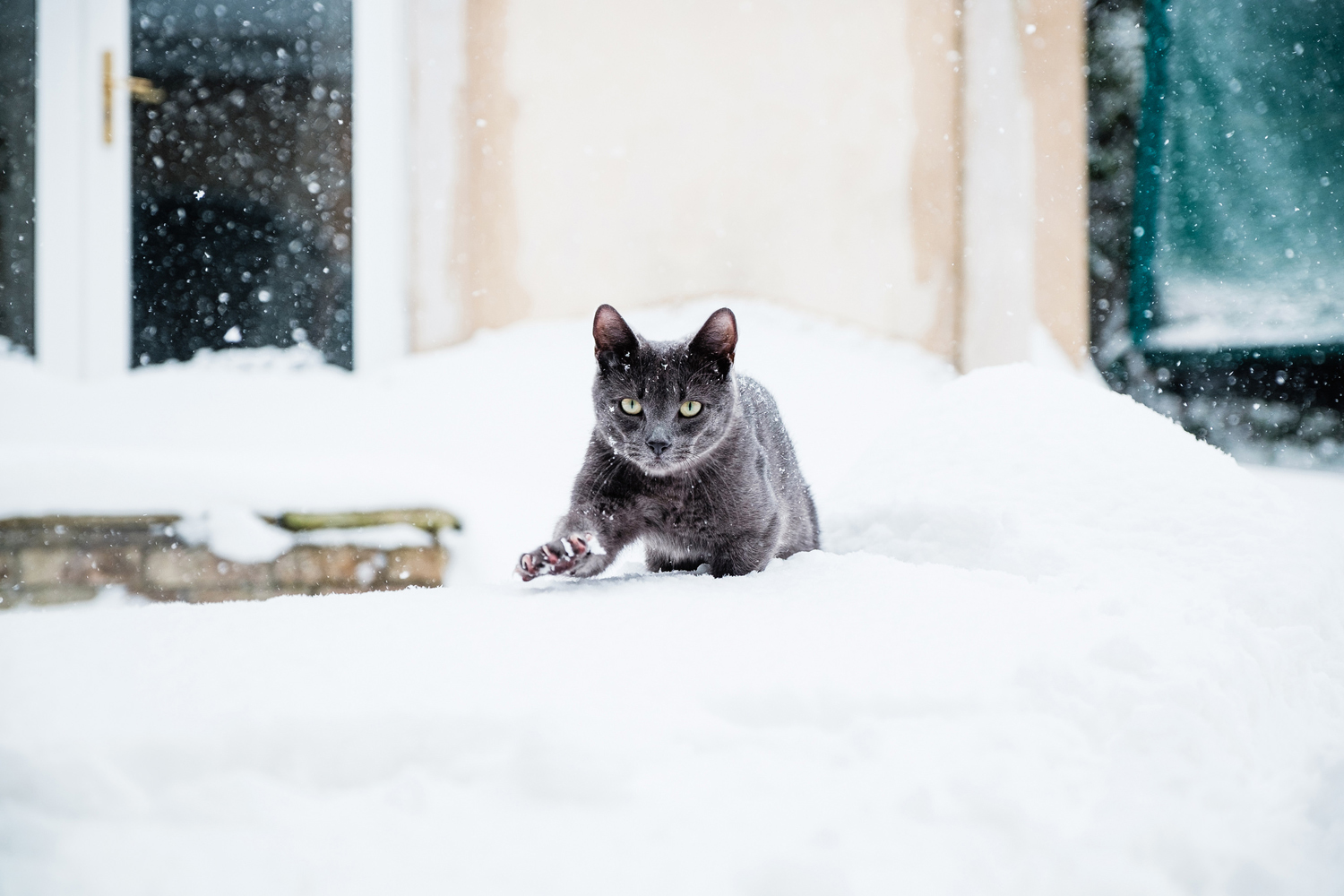
At 16mm the XF16-55/2.8 R LM WR offers up a good wide angle with reasonable control of the corners, although like most wide angle lenses it’s best not to place any strongly defined shapes near the outside 20% of the frame, shapes like faces for example can stretch a bit out of proportion, if they are little close to filling up a portion of your frame. At a distance things will be good if you remember to watch your angles, like any wide angle lens.
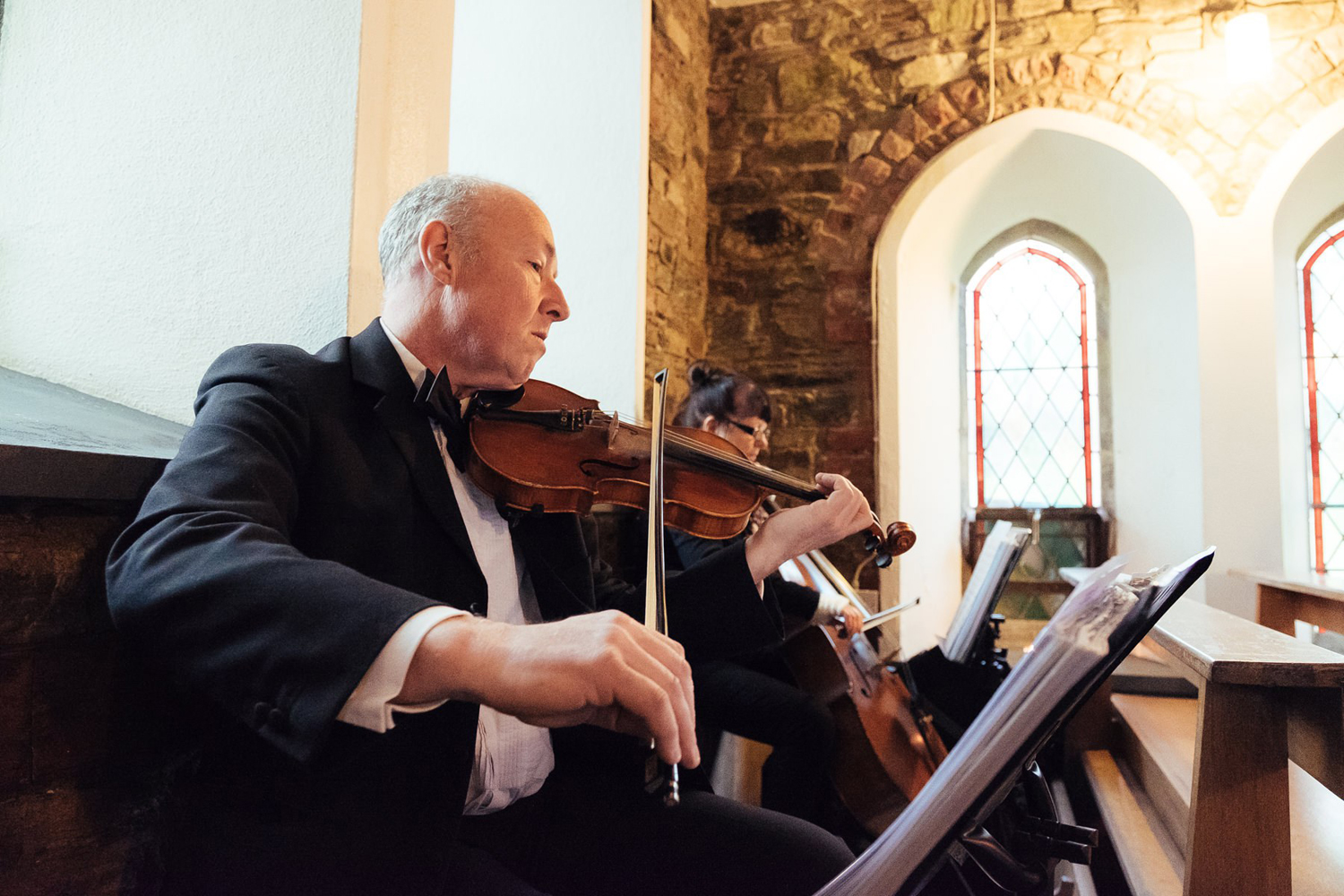
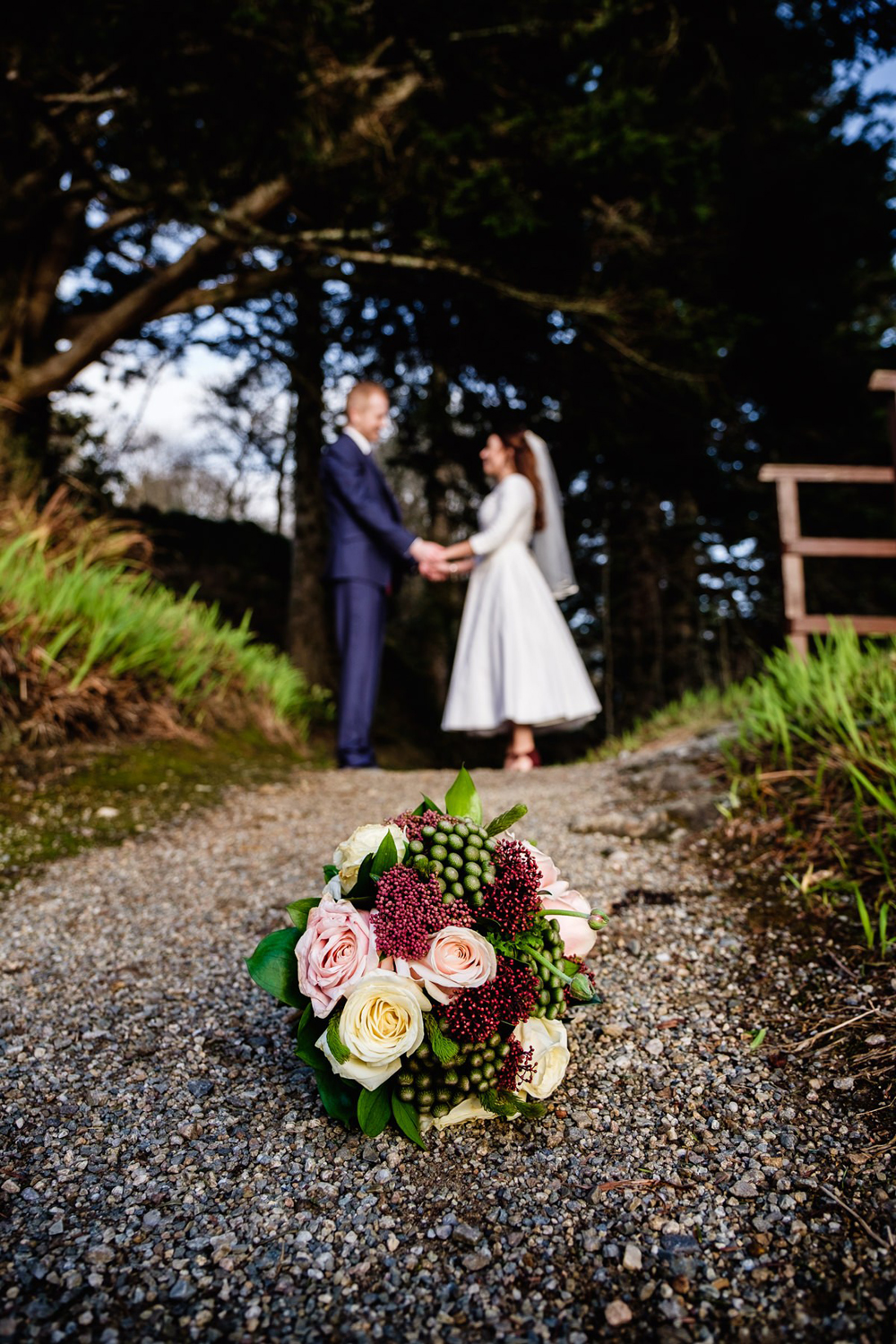
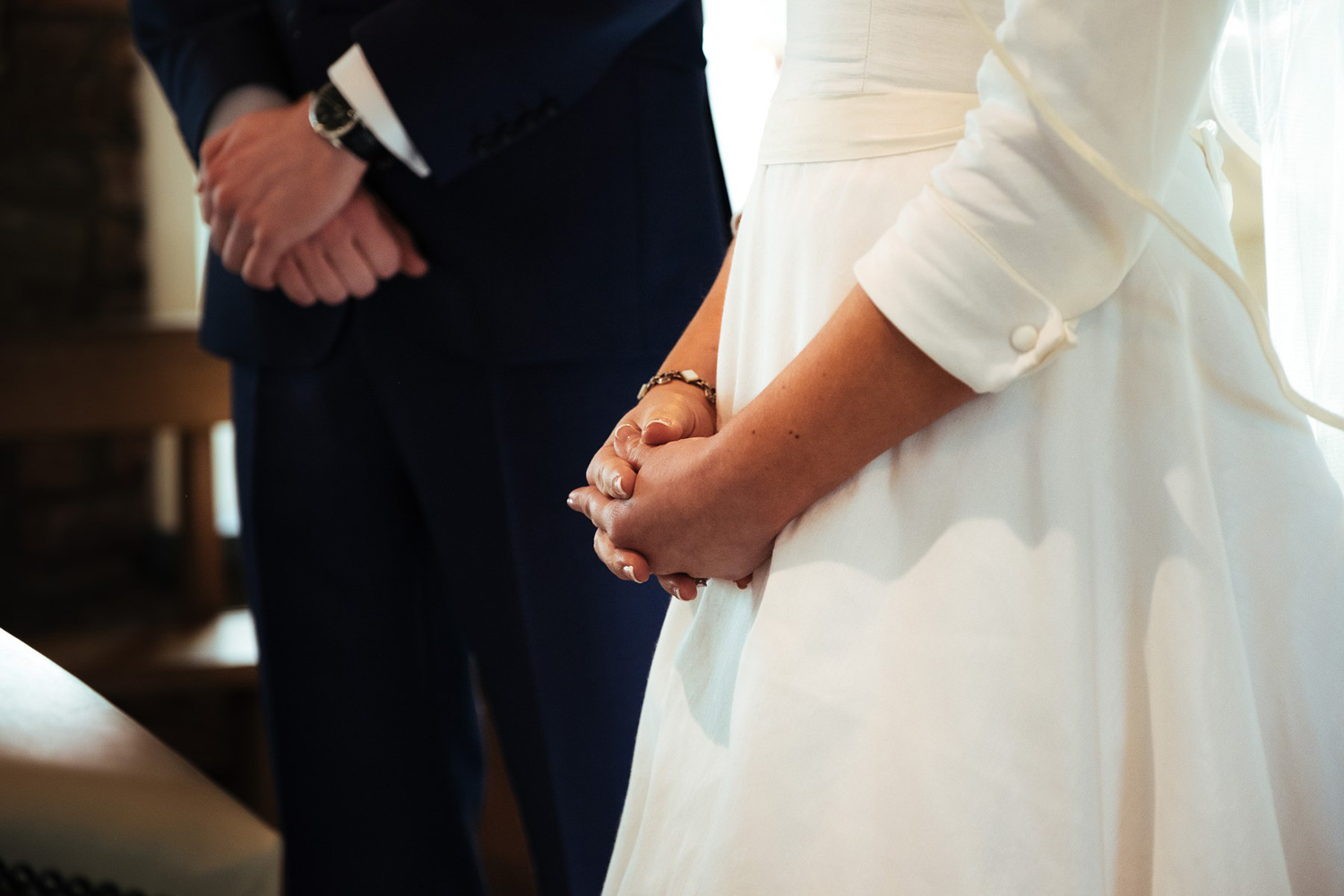
On the other side of the range the 55mm gives a really nice mid-telephoto angle, a good place to start for headshots or just giving a little less width and bringing the background into a little more of the image. The aperture is a constant f/2.8 throughout the focal range, giving consistent settings when you zoom to 55mm, I tend to think of variable aperture zooms as having an opening only as bright as their highest wide open f-stop, the XF18-55/2.8-4 is an F/4 in my mind. Well if I’m zooming out to 55mm at a fast paced event and the aperture changes a stop my settings will be off. Rightly or wrongly it just how I think about these things.
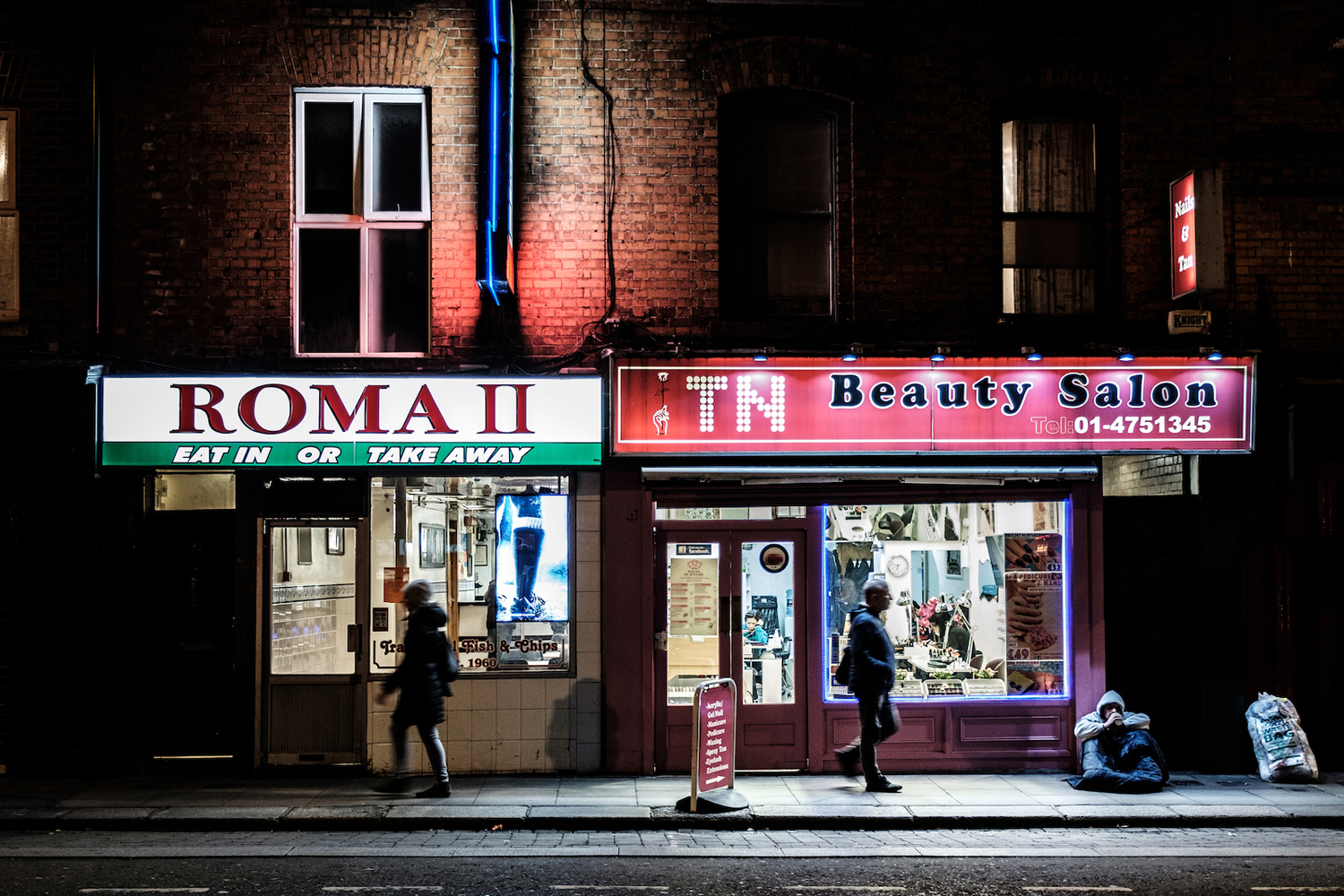
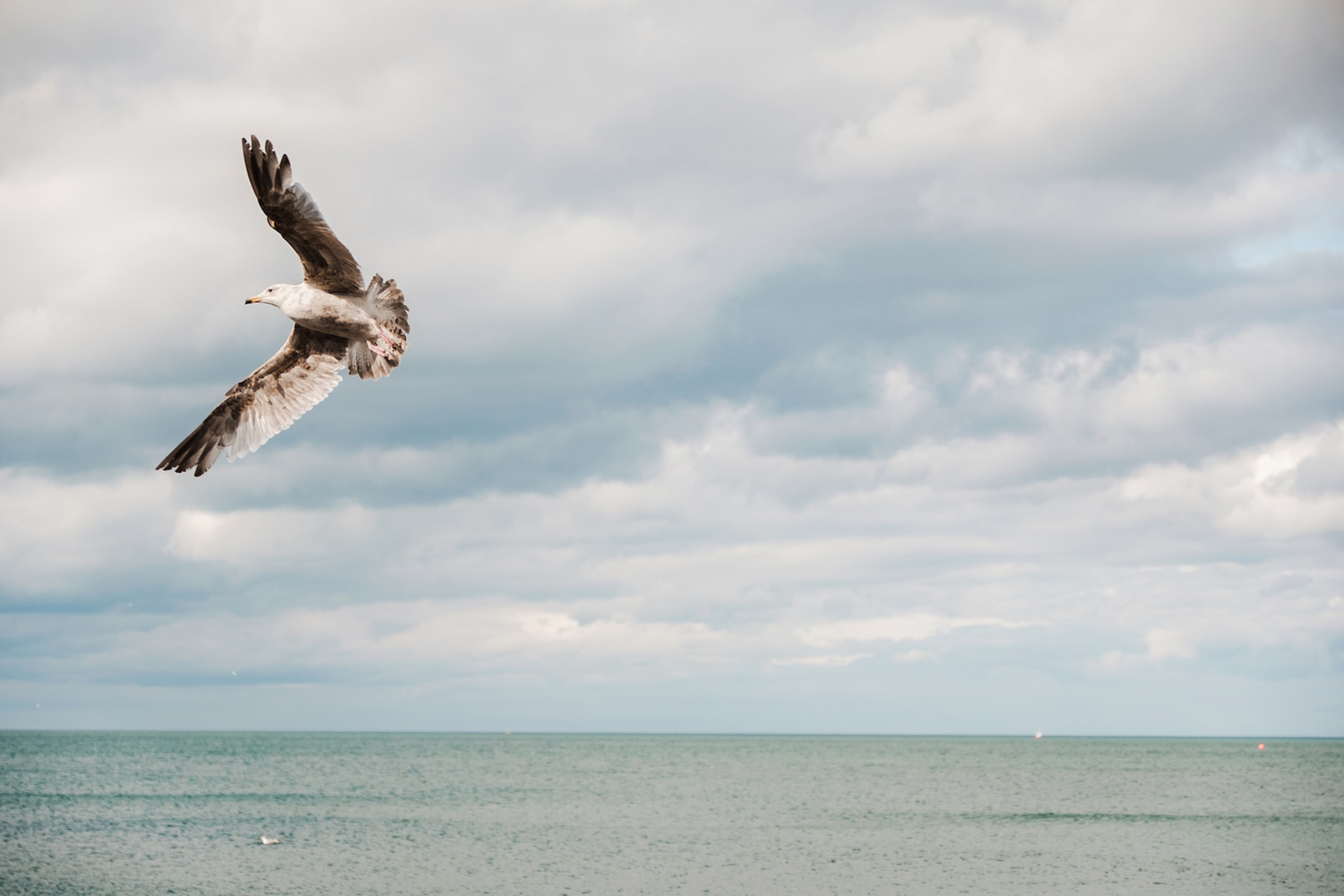
The XF16-55/2.8 weighs in at 655g, 10g less than Sigmas full frame covering 35mm F/1.4 Art lens, so not heavy for a constant F/2.8 zoom of this quality but some might find it a little out of balance with on one of the smaller Fuji X cameras like the X-E3 or X-T20, particularly if you are the kind of photographer who likes to shoot one handed. I tend to support the camera/lens with my left hand and operate the camera with my right, adjusting my grip as I need to operate the zoom or aperture rings. That just seems like a stable way to shoot for me.
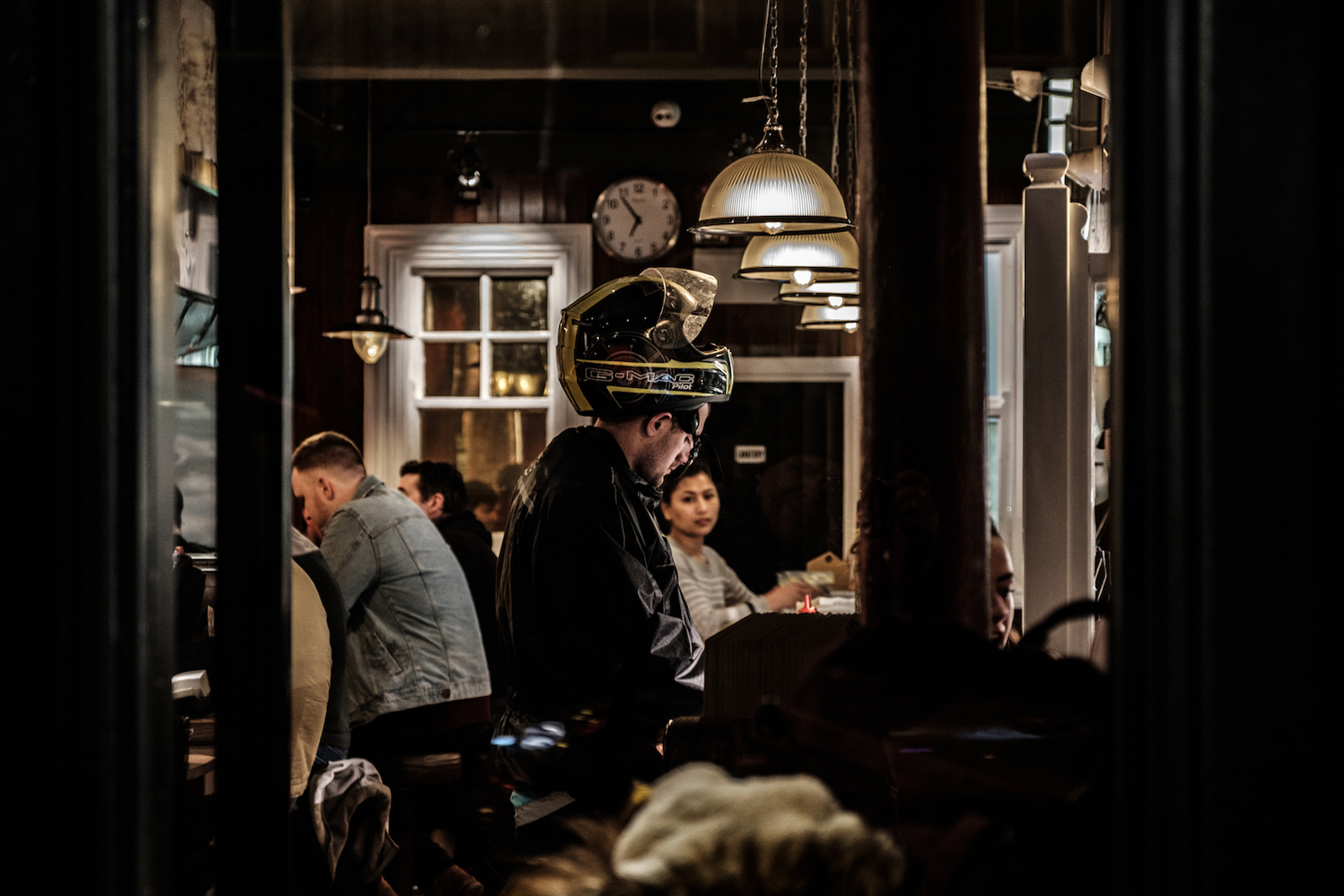

Speaking of shooting, there was a fair amount of giving out done by various reviewers and some users over the omission of any kind of stabilisation on what Fuji referred to as a ‘pro’ level zoom. My guess is that Fuji decided not to add OIS to keep cost, weight and bulk to down and considering that if you apply the rules of the relationship between shutter speed and focal length (matching your shutter speed to your focal length to cancel camera shake) the shutter speed needs only to be 1/24 at the wide end and rising up to 1/100 on the tele end.
For me I’d really go lower than 1/125, least while shooting people, as once the subject starts moving you are going to get movement blur. Optical Image Stabilisation will do nothing for you there. On longer lenses like the XF 50-140 Zoom it makes perfect sense to have OIS but I really don’t miss or see the need for it here.

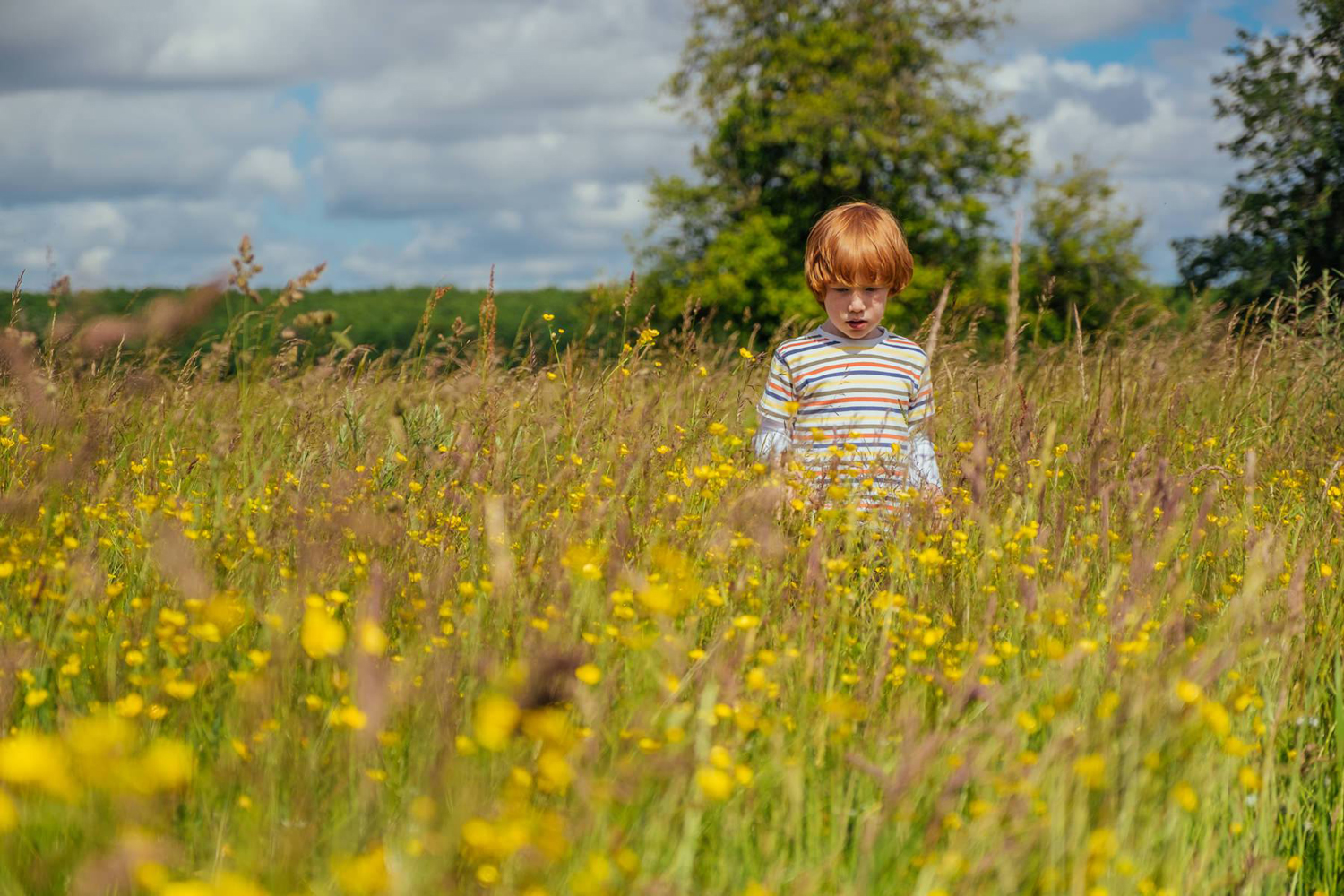

Sharpness
I find the zoom to be sharp, like all of Fujis XF range of lenses, from 16mm right up to 55mm even when the aperture is wide open at F/2.8. I have read that at 55mm the lens is not sharp but that is not my experience, mine is plenty sharp and more than usable. I think that there are Fuji primes that are a little sharper but that wont effect my use of the XF16-55/2.8 zoom of almost all of what I shoot. Know your tools and you can never go wrong.
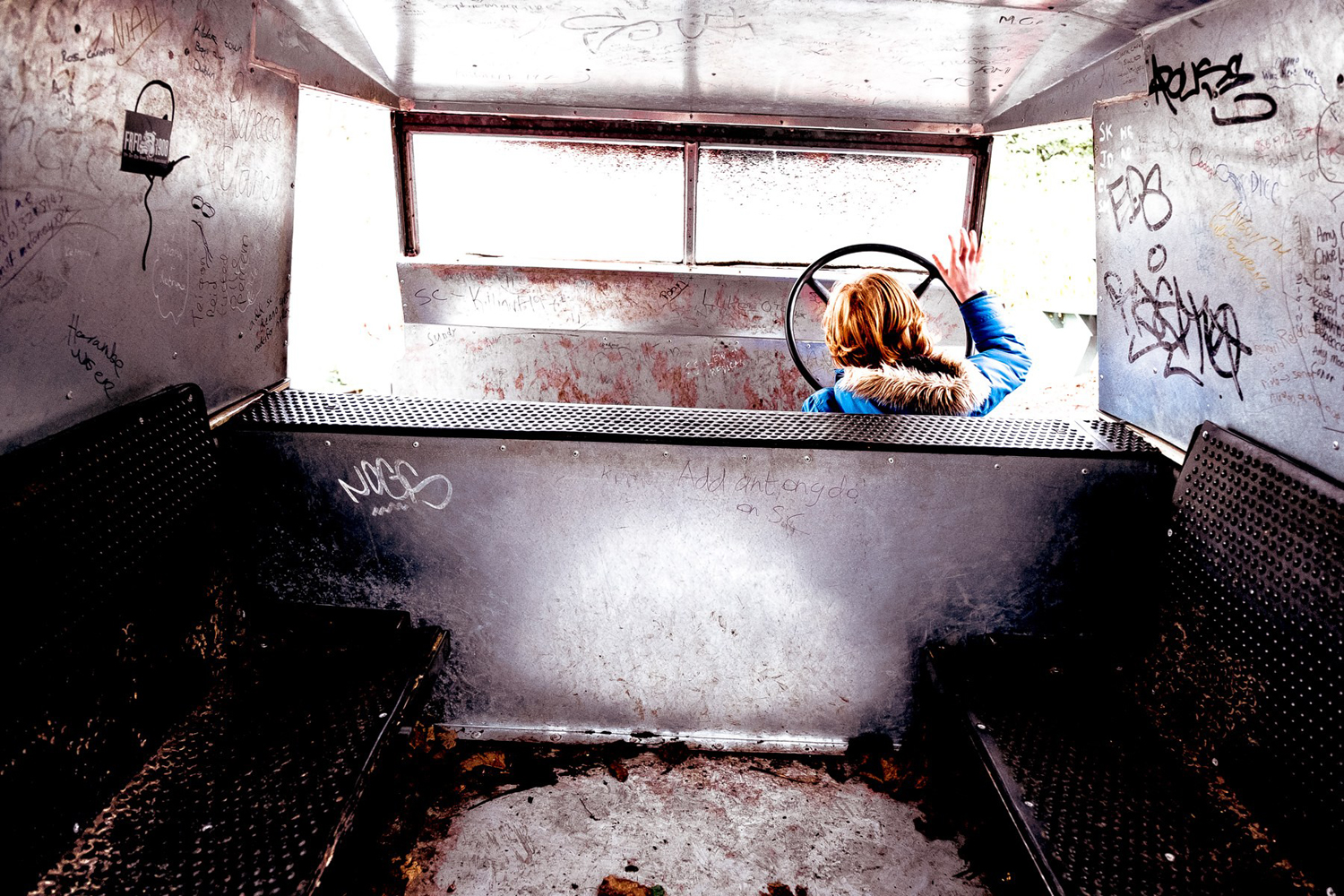

AF Speed
YES! This is one of the Fuji lens you want if you need to have fast AF. With it’s linear Motor, the LM in the title, it grabs focus very fast and very accurately & was easily able to keep up with my kids being spun around on a fast ride at the fairground, a good testing ground of any new system.
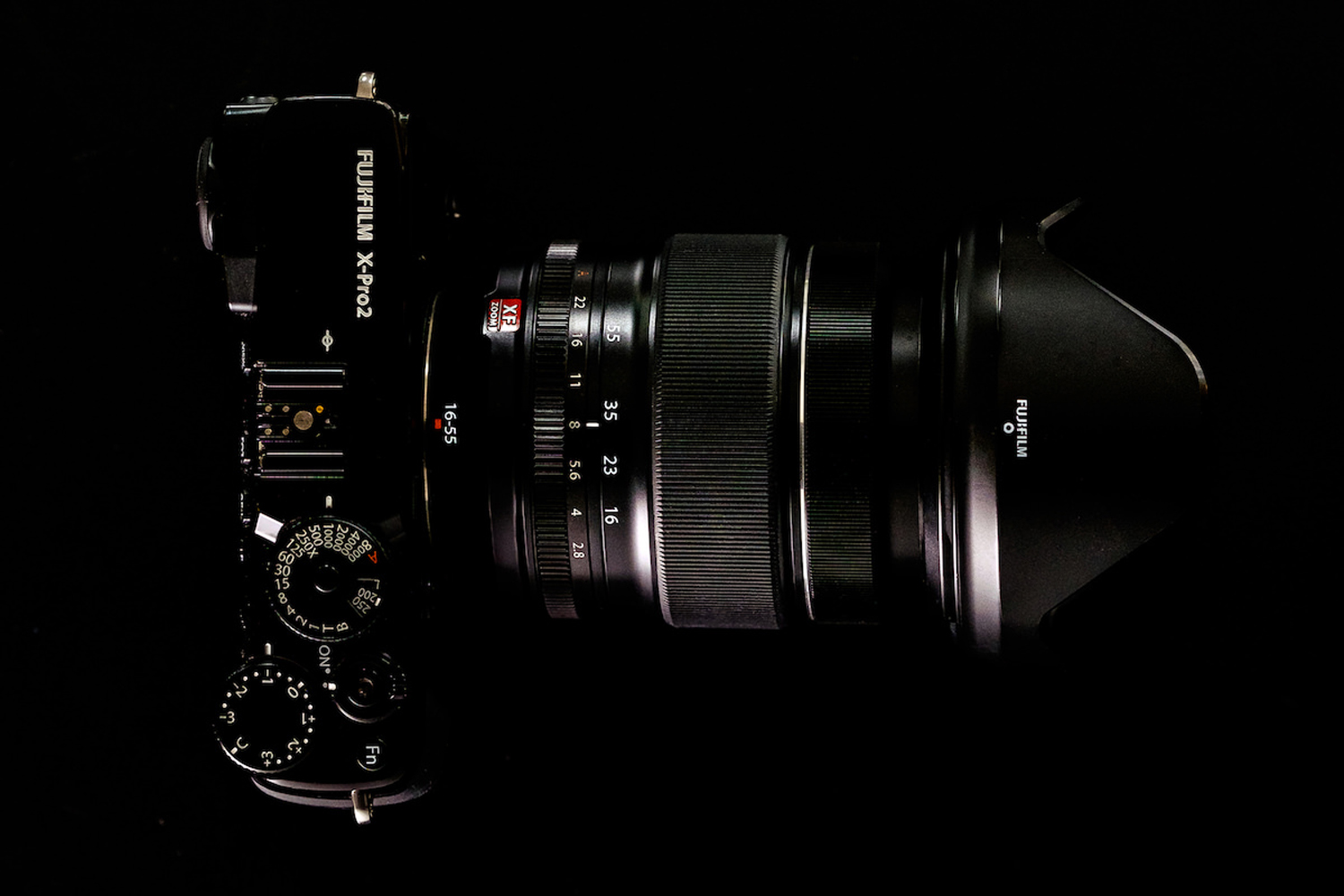
The newest firmware in the lens and in the body of my X-PRO2 helped out there & really shows Fujis continued development to improving their products for their customers, these updates they offer for free and sometimes when they offer up a major one it feels like you just got a new camera. Nice that.

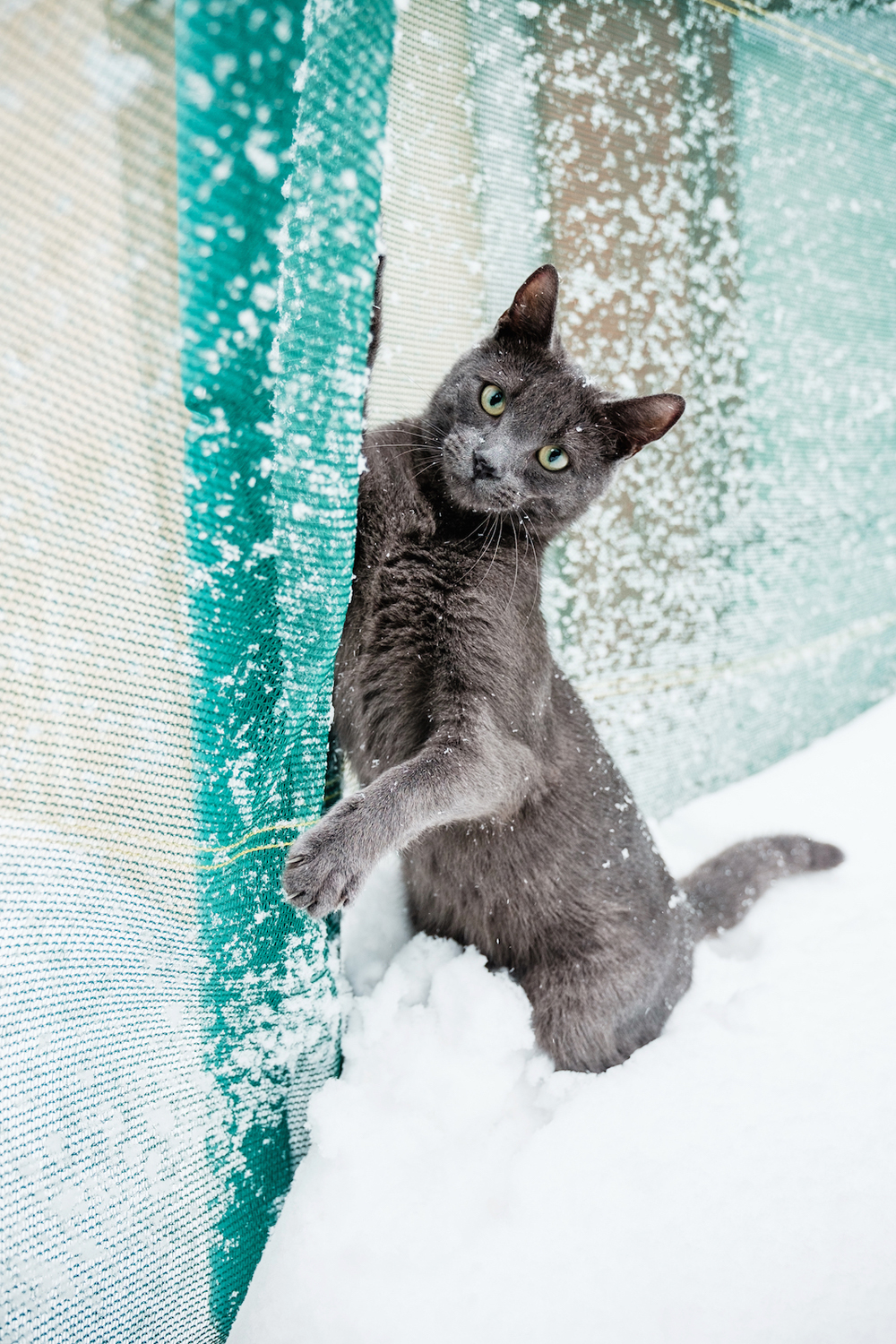
Below are three images shot wide open at F/2.8 and 55mm with tracking on the X-PRO2 turned on. The focus point was on Reuben’s eye and I think the system did a great job of nailing the focus and keeping up with the action.
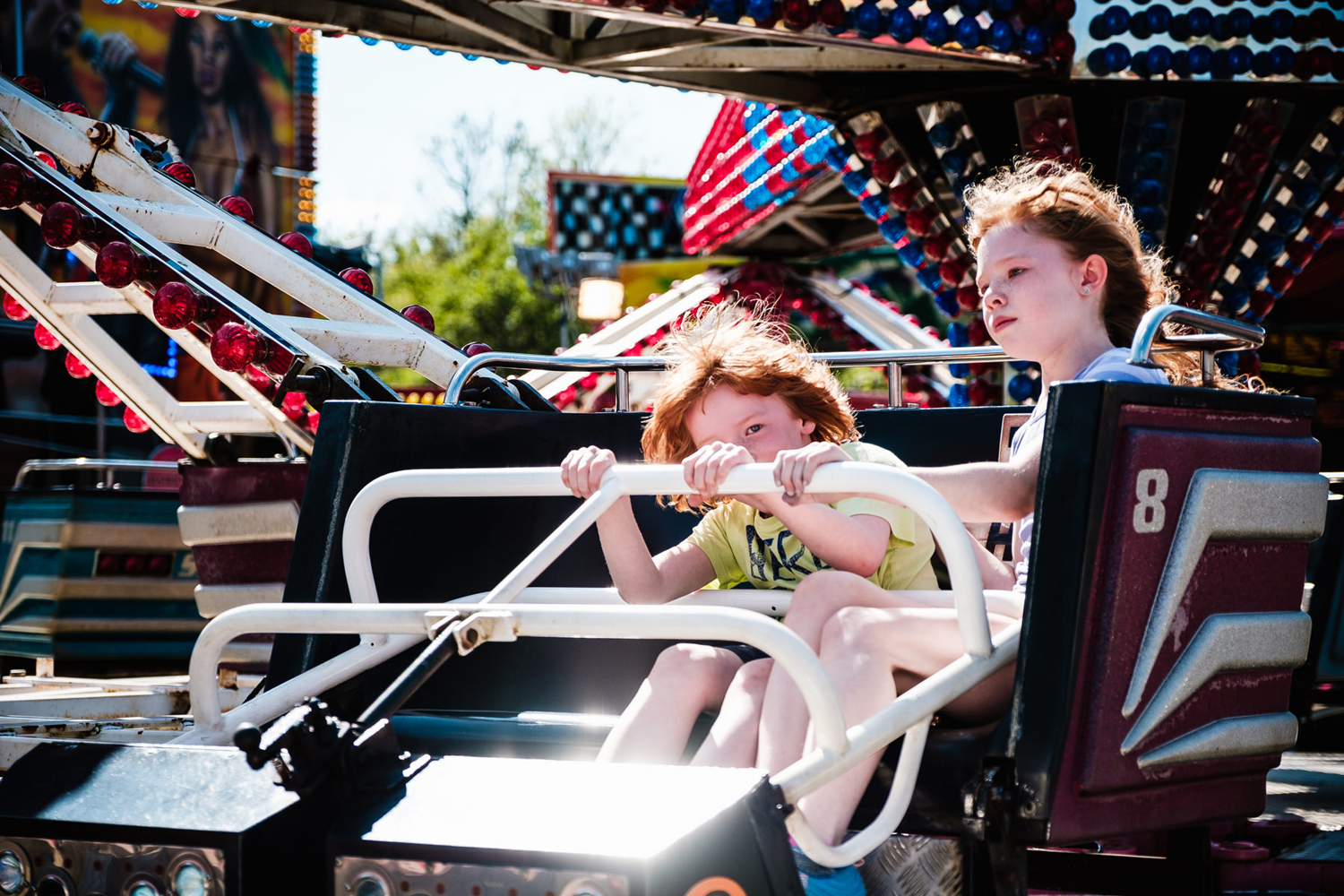
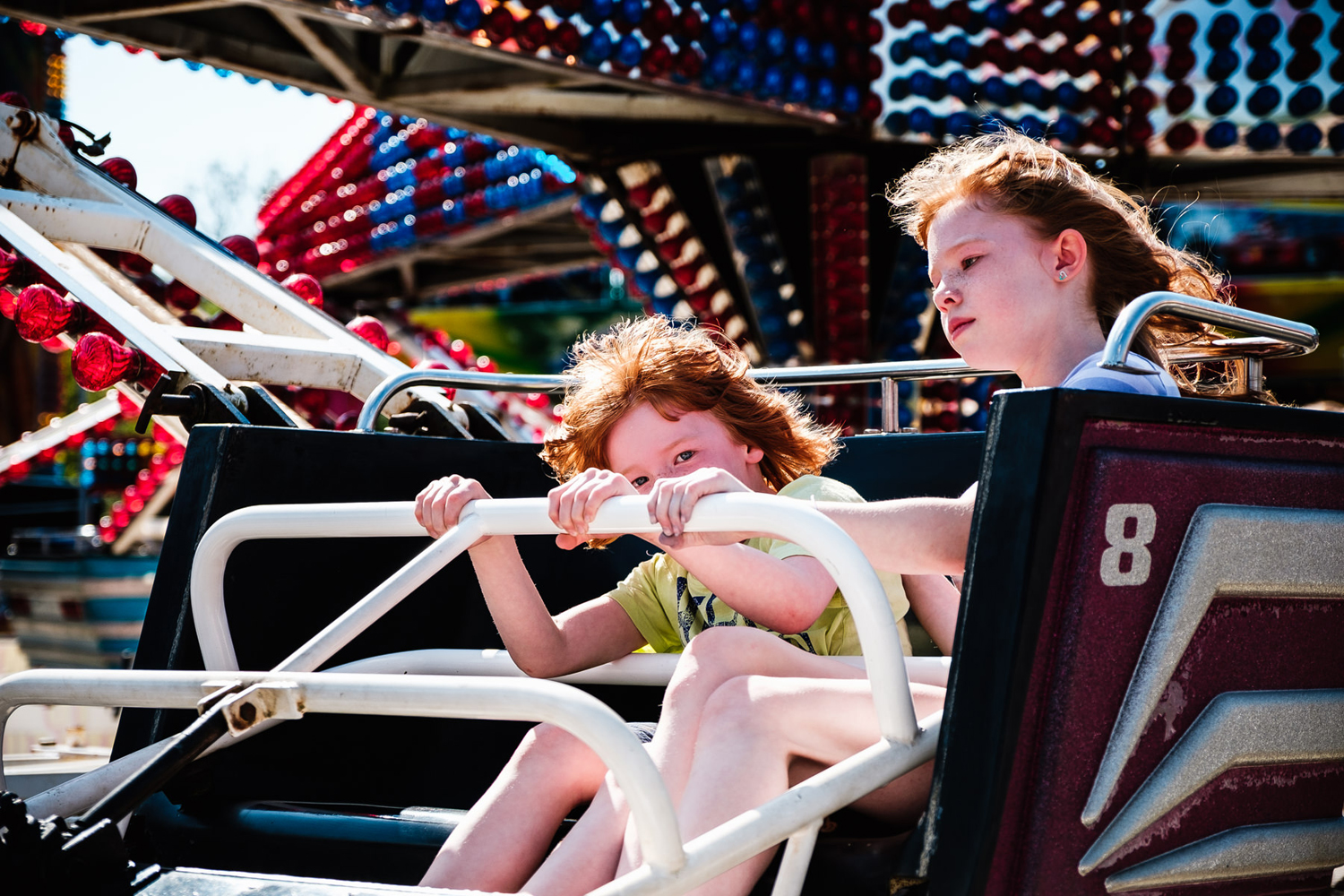
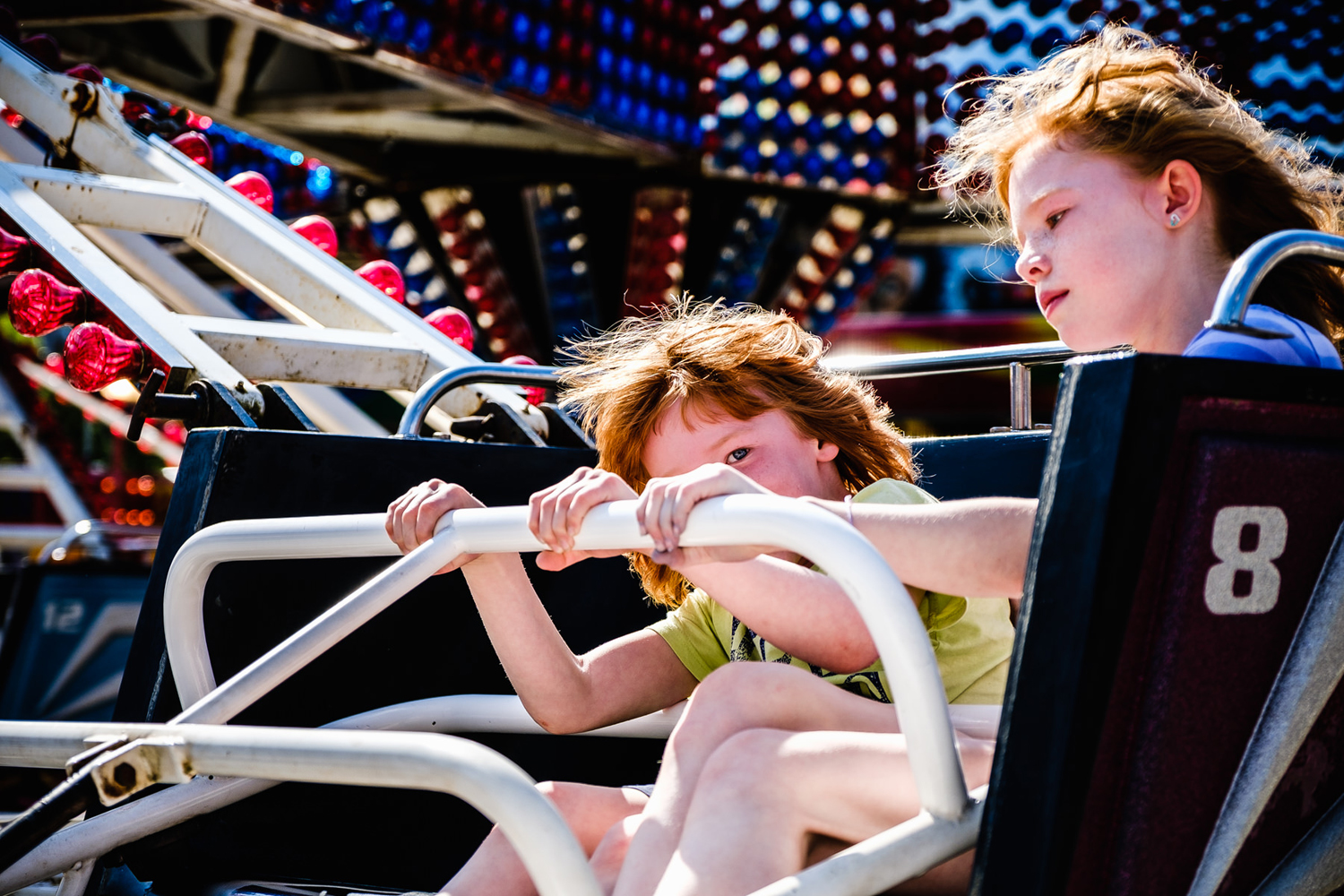
In Use
The zoom ring has a nice smooth action to it’s turn with a short throw from tele to wide, allowing for a quick response to changes in view. It’s rubbery feeling makes it grippy even in heavy rain. It has a slightly heavy action to it so changing the focal length really needs to photographer to grip the lens with finger and thumb in order to get a good turn.
This means that the lens will not easily drop to a different angle just because you rocked the camera about a little and that is a good thing in my mind, although you won’t easily be able to use one finger to zoom in or out. The focus ring, although a little small, is very knurled and made with different finish to the larger zoom ring allowing the user to easily feel for the correct part.
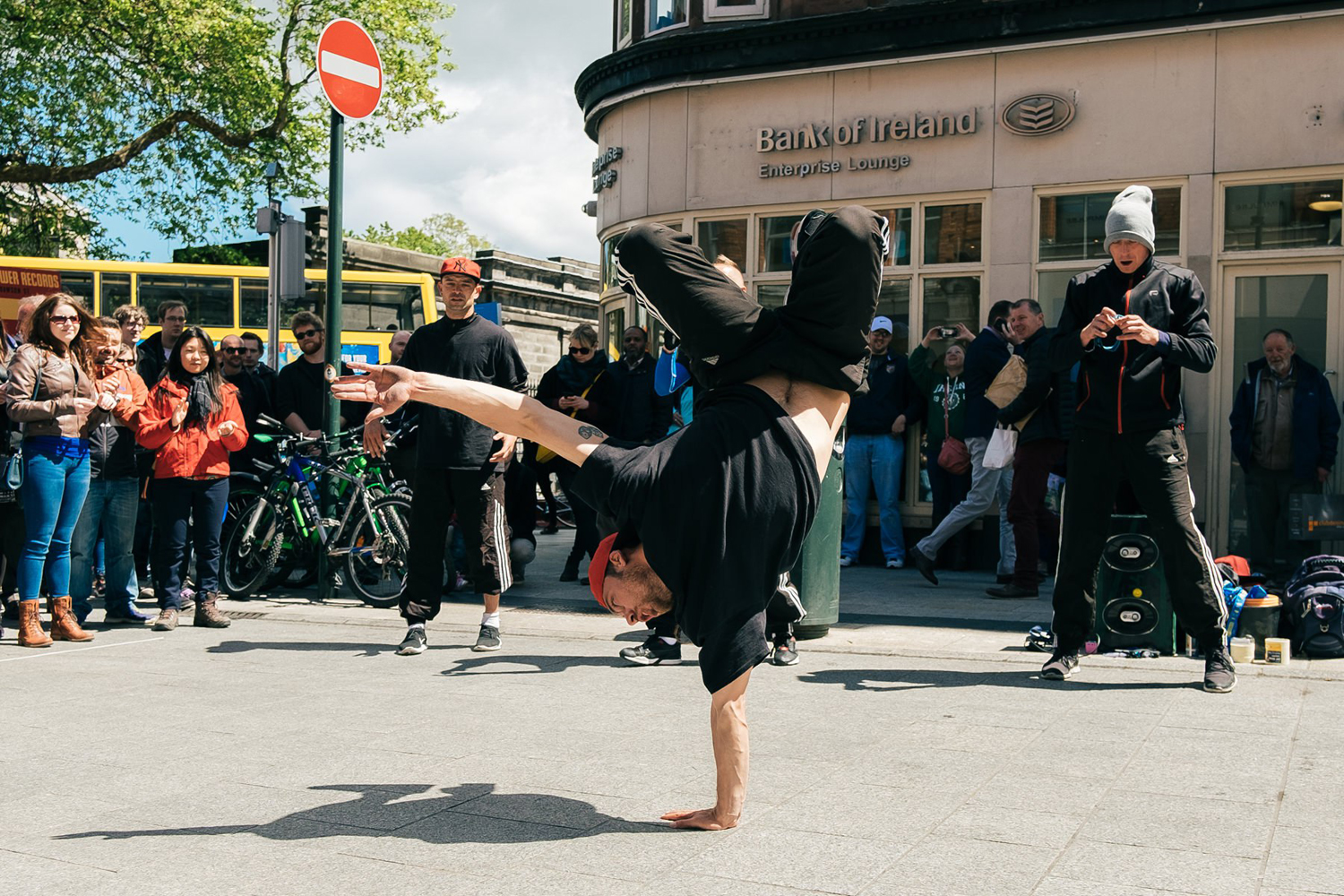
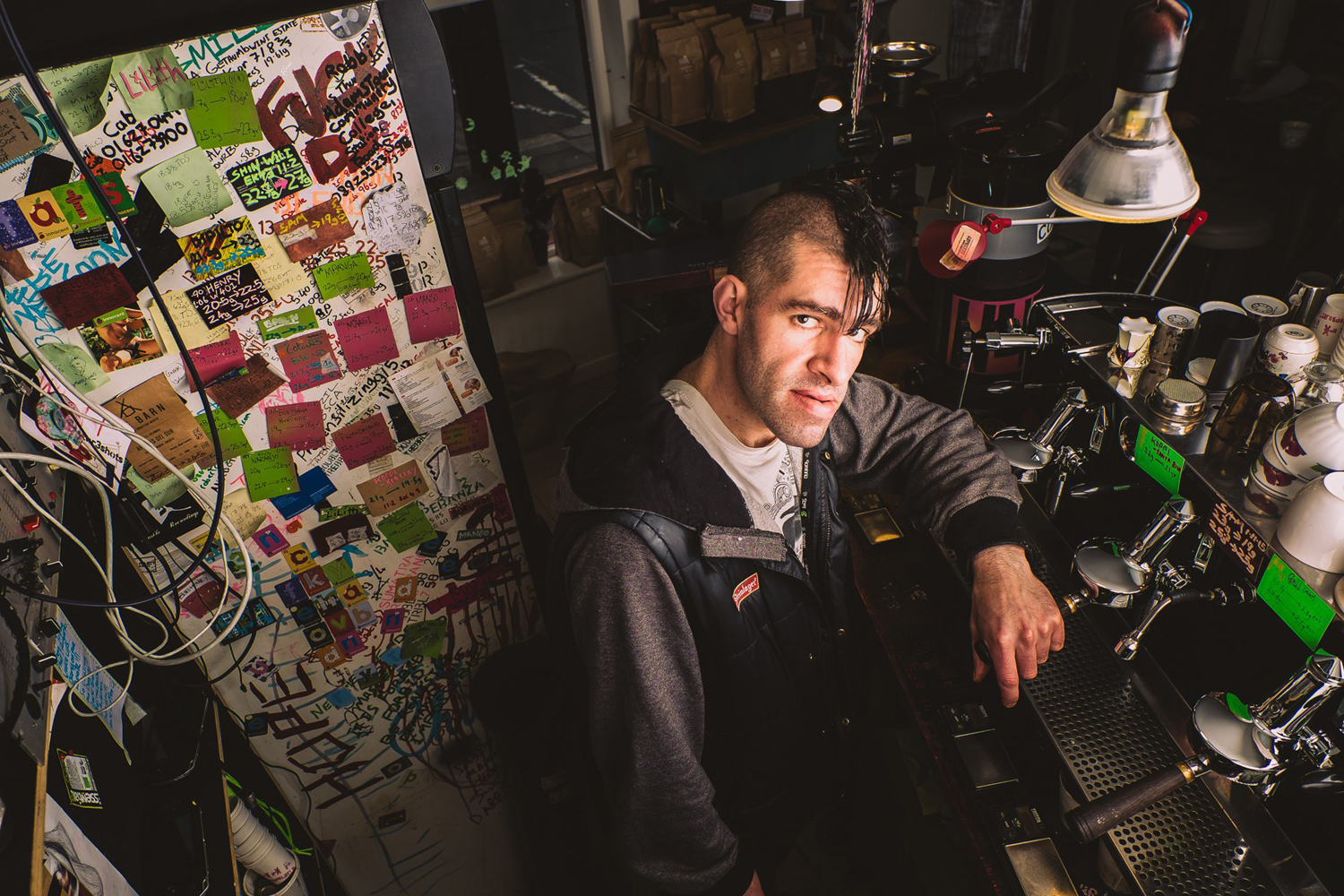
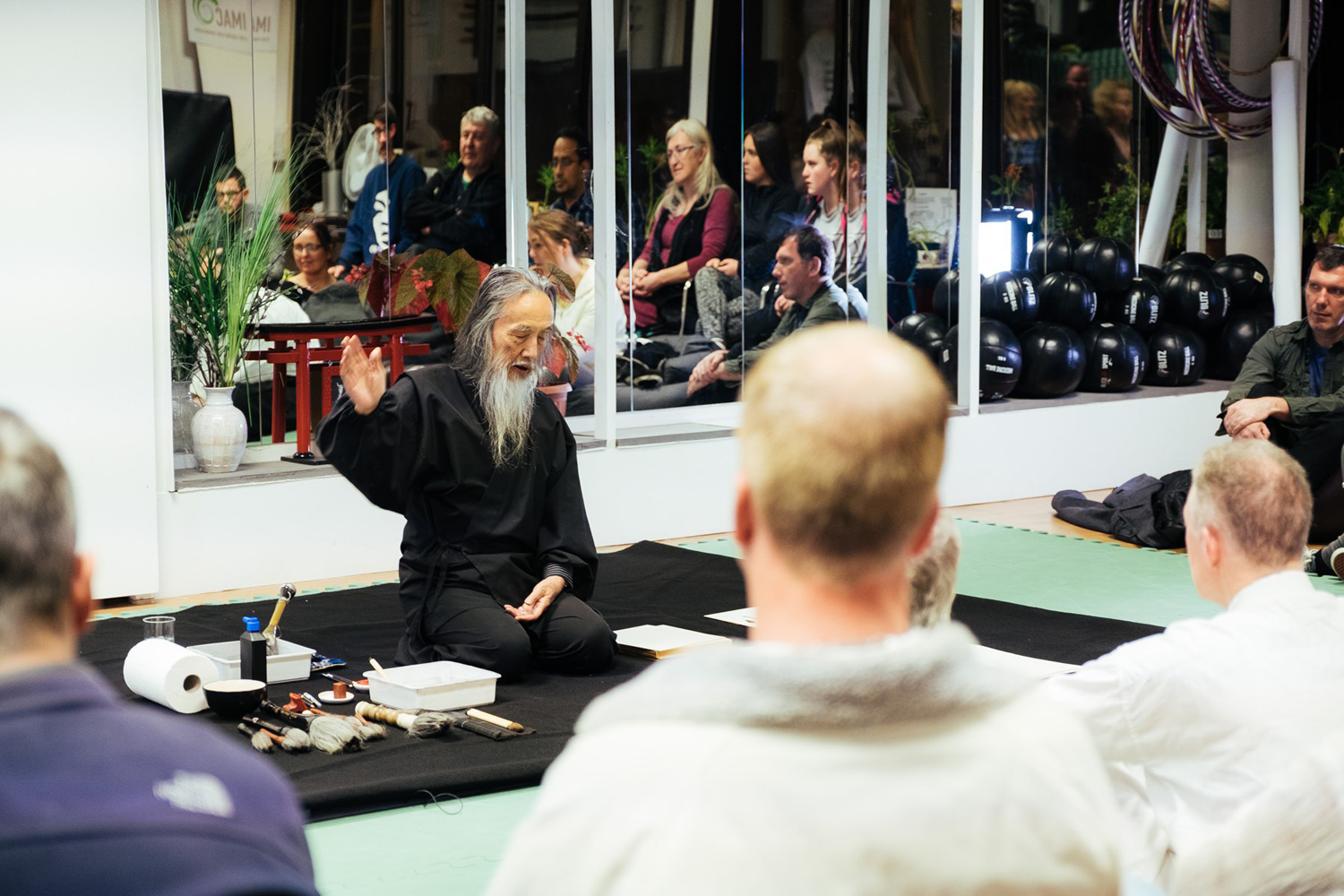
It has a good weight to it allowing for very smooth focus, although like all of Fujis lenses it’s electronic rather than mechanical & with no hard stops can make focus pulls a little difficult to make off. But is you haven’t grown up using old manual focus lenses or on a movie set this is not lightly to bother you in any way. It simple works.
This is not lightly to bother you in any way. It simple works.
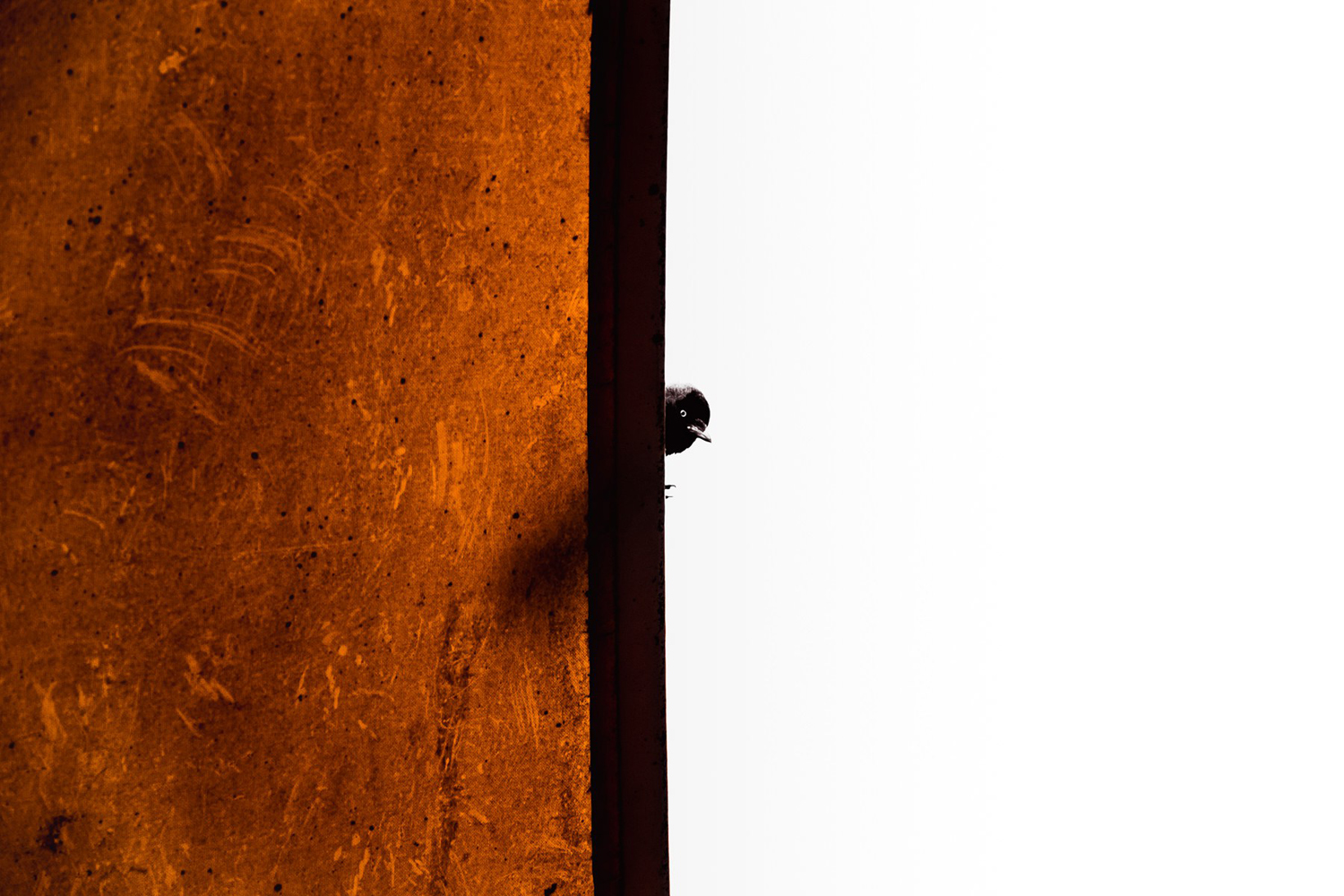
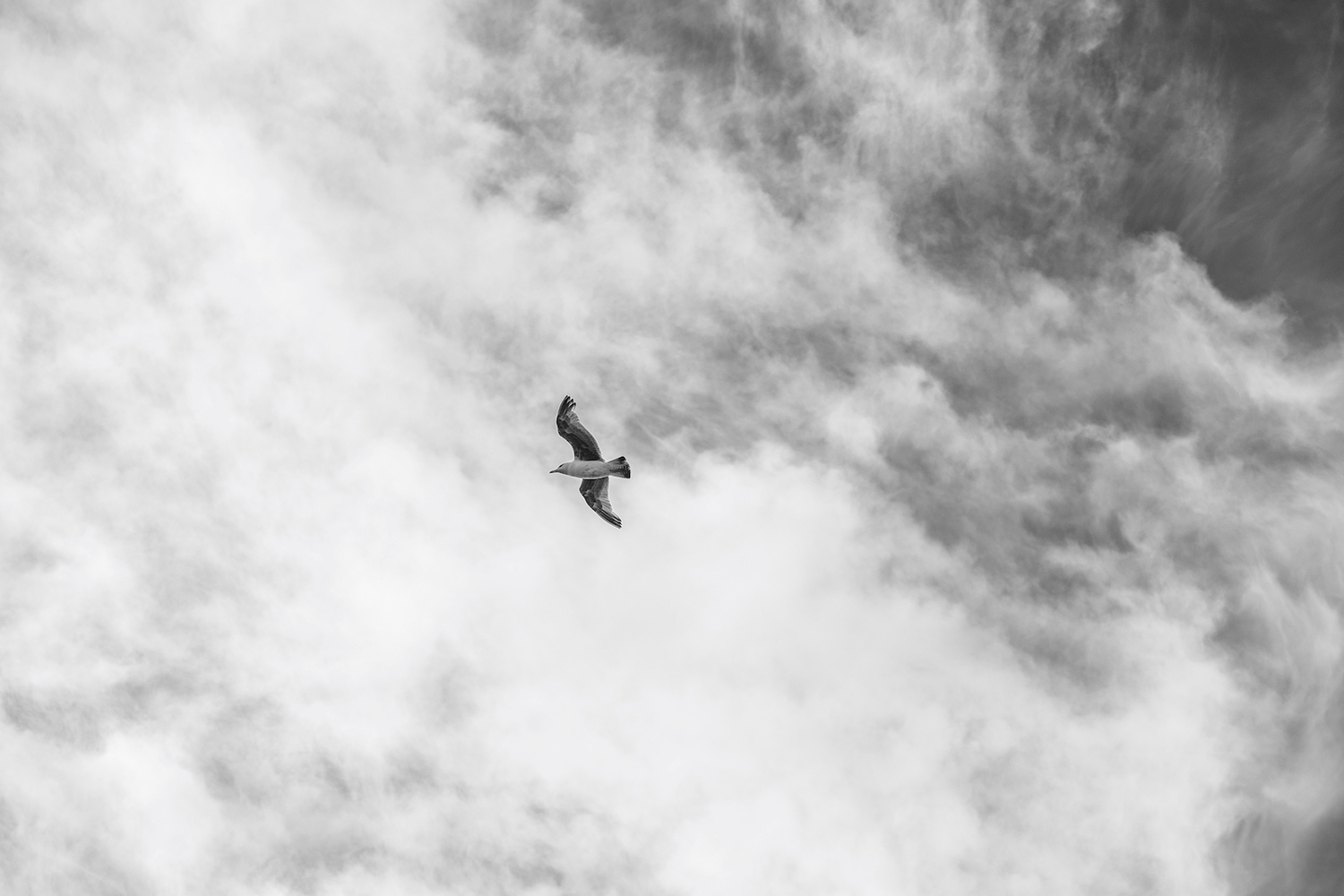
The minimum focus distance is 30-40cm [depending on focal length] so you can get in close, not macro close but close enough to make small things bigger an important consideration in a lens to the most part.
The zoom is also a WR or weather resistant lens, meaning you can be confident in taking it out in the rain or a dusty environment and not be stressing about it breaking down mid shoot. This I like as it does tend to rain a bit in Ireland.
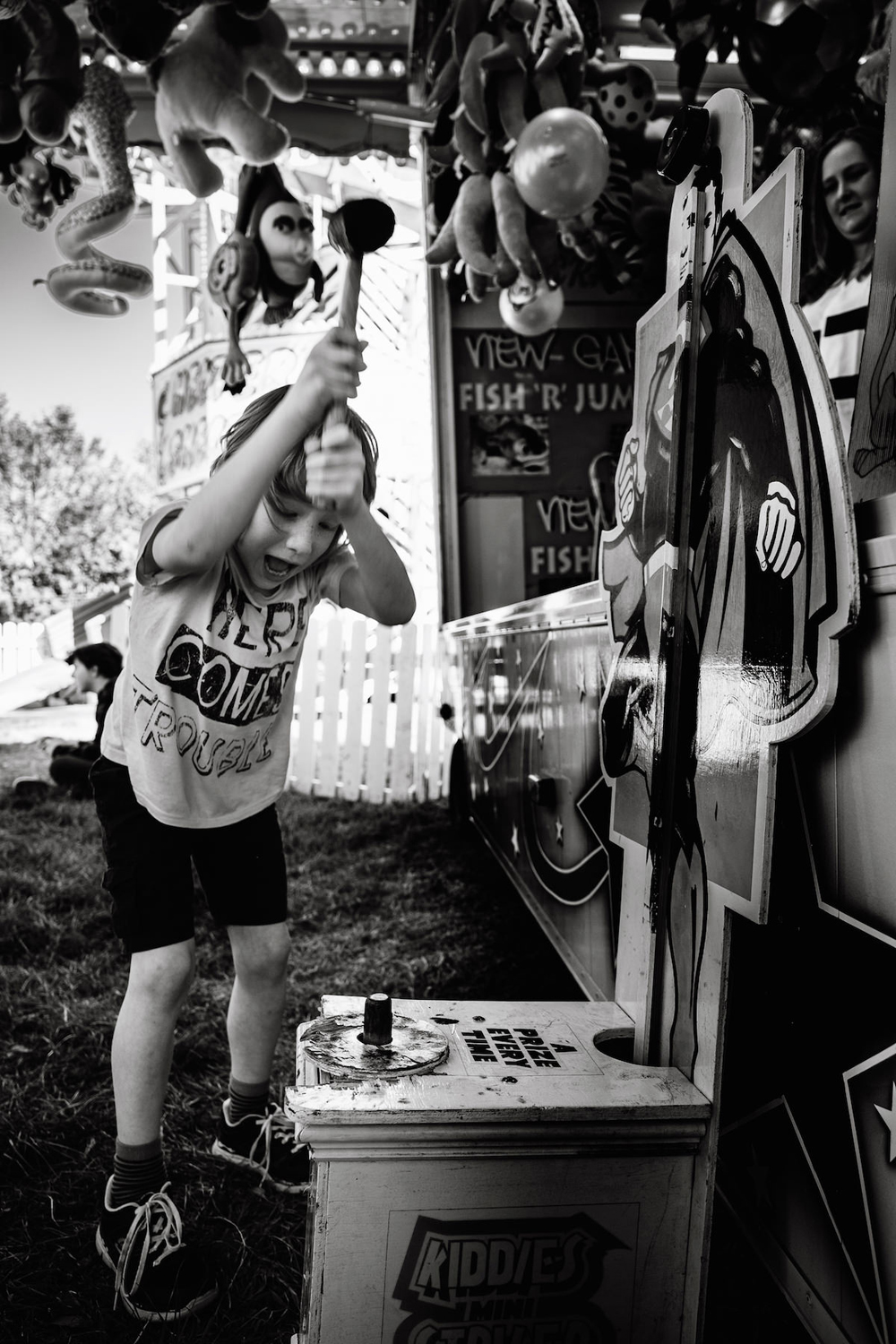
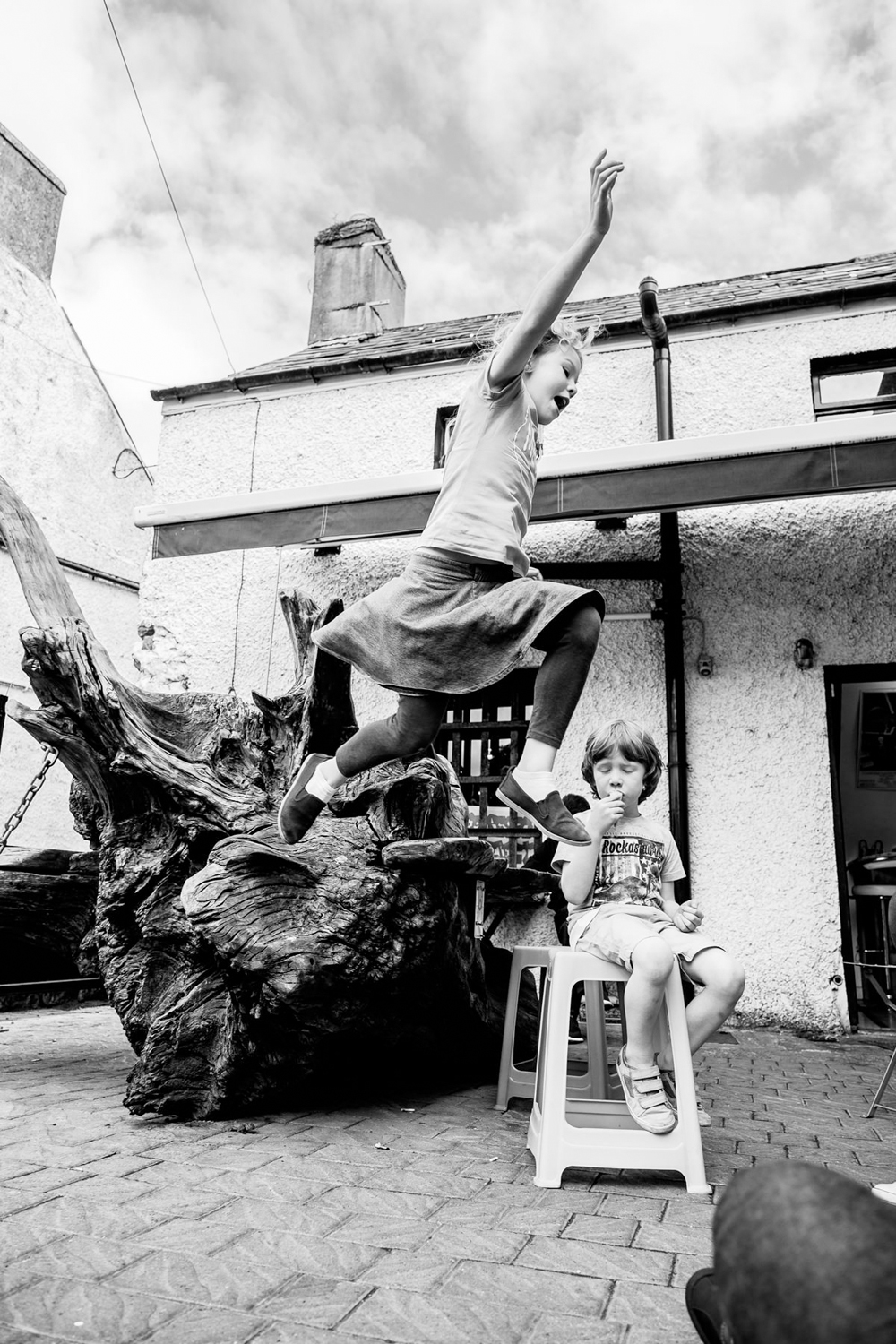
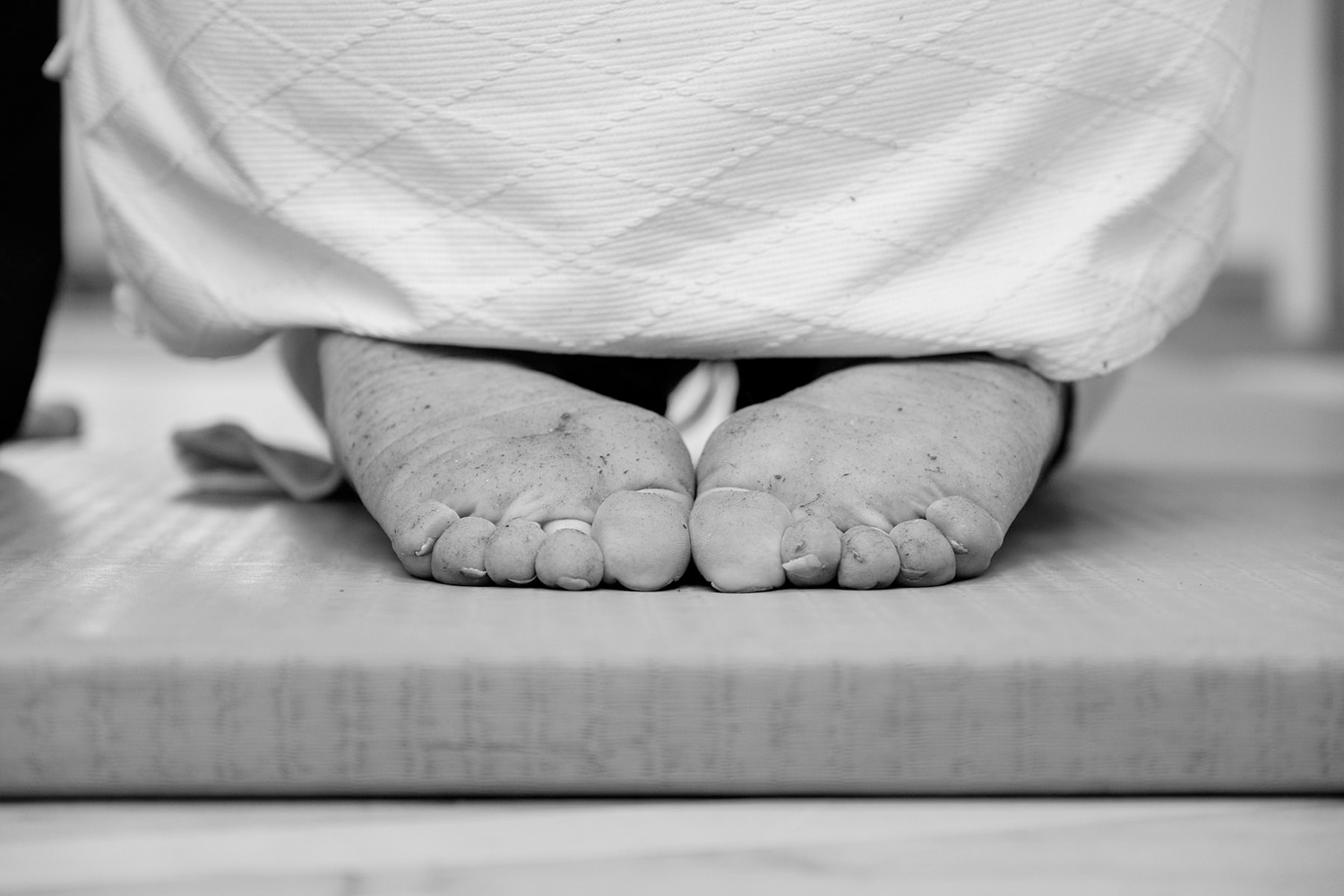
Final thoughts
I’ve always been a prime lens kind of guy I like picking an angle and just sticking to it for the most part, I find that can help in telling the story a little. I’d happily shoot most events with two primes and a camera for each of them but sometimes you need to be able to have the option of changing your angle fast so for me this is where a zooms really shines.
This one is perhaps not a grand master but is it close, really close, so that in use out in the real world you probably won’t notice anything out of place in your images. It’s a nice lens to use and gives great results. It’s built like it can take a good beating in all weather conditions and still operate. I don’t ever see me selling my one as for the times where I need it I wouldn’t like to be with out that option.
(This article was originally published in issue #26 of the Fuji X Passion magazine)
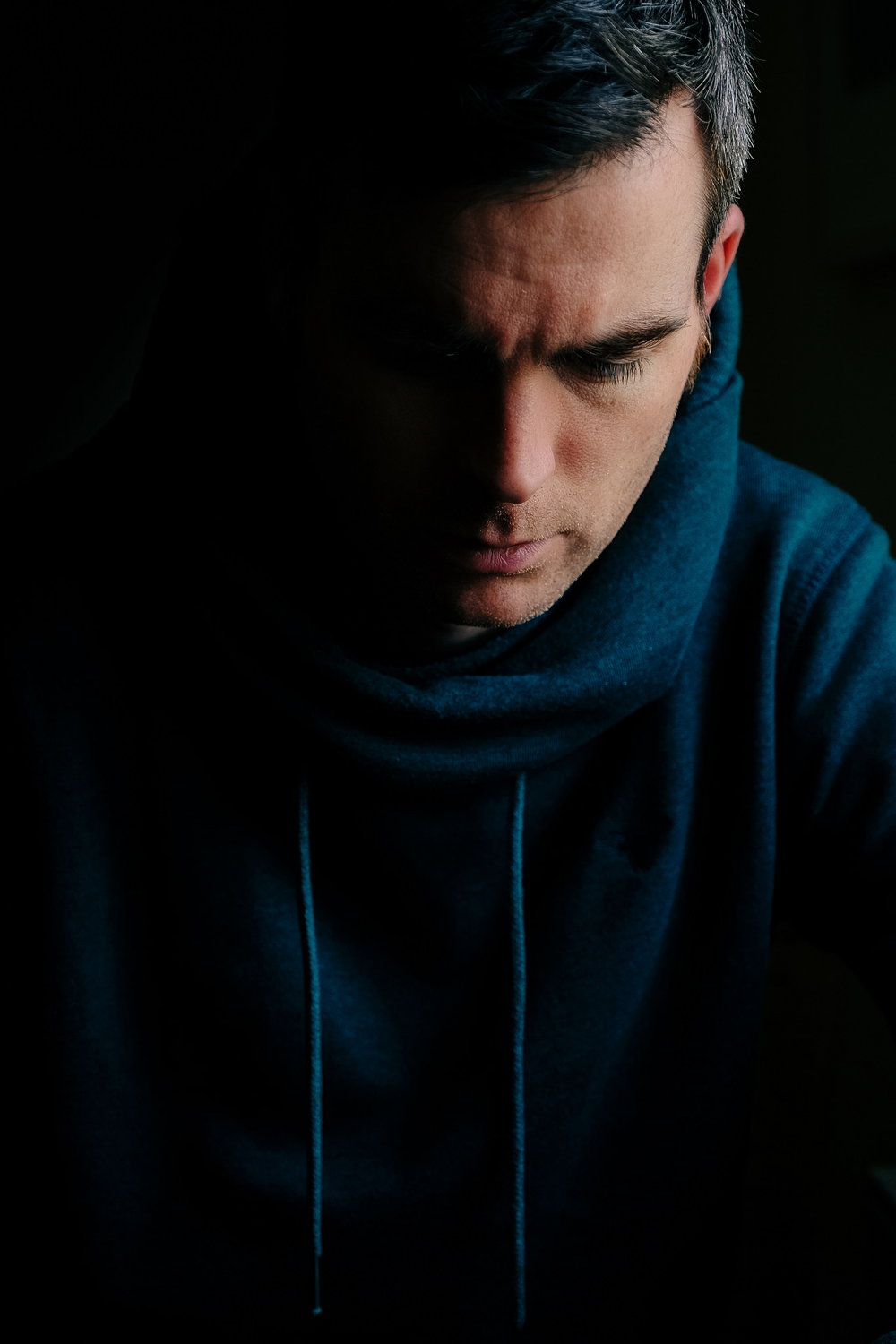

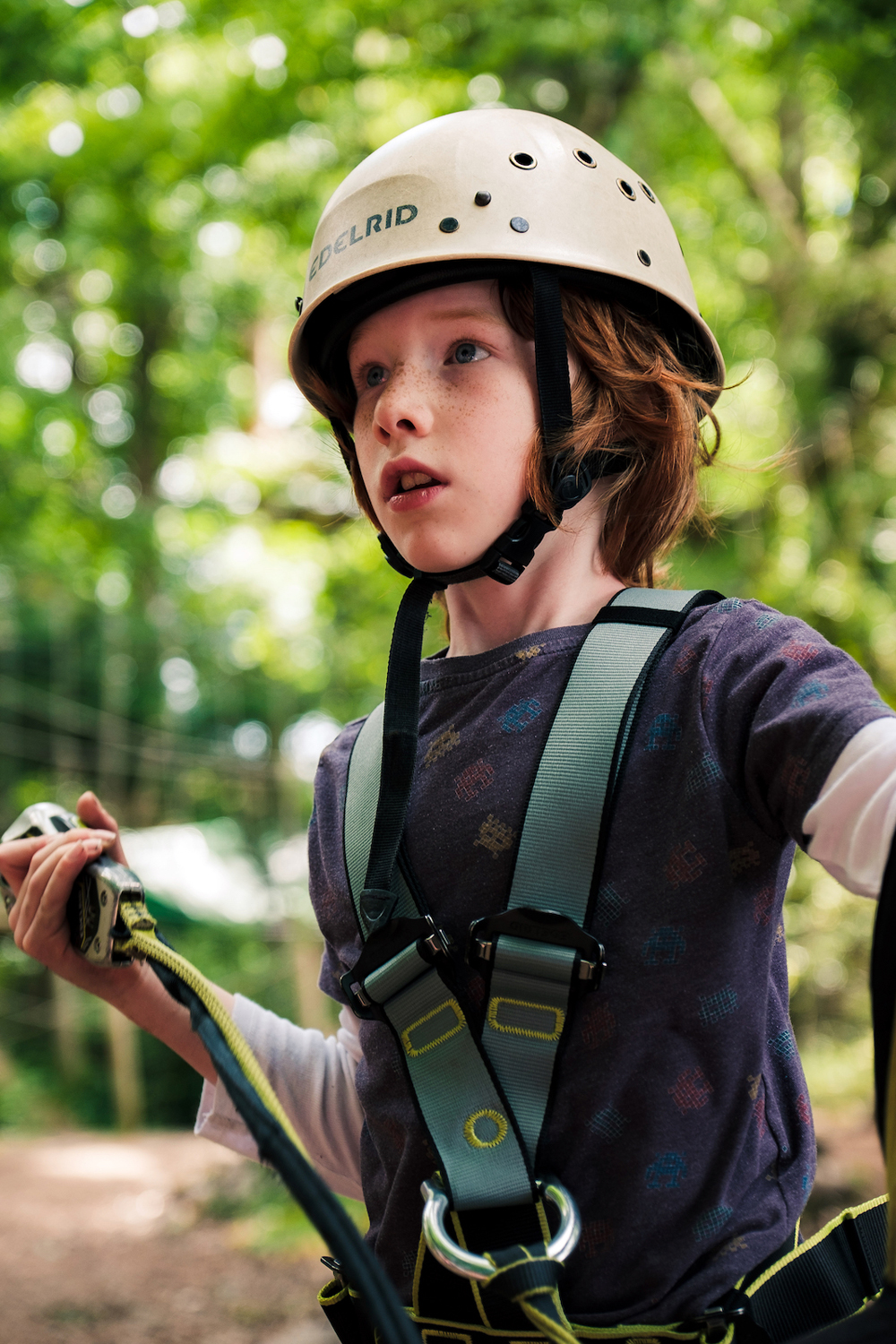

Kim always has an eye to the images that capture the joy, the emotion, the sheer fun of a moment. He’ll find the light and encourage the right look, the right hint of personality from even the most reluctant portrait sitter. If the shot needs him to melt into the background, he’ll blend into the crowd and capture the photo. But if energy is what you need, he’ll throw himself into rousing the crowd and inspiring some action, as well as getting the kids to pull a few crazy faces. Photos that make you smile at and remember.

